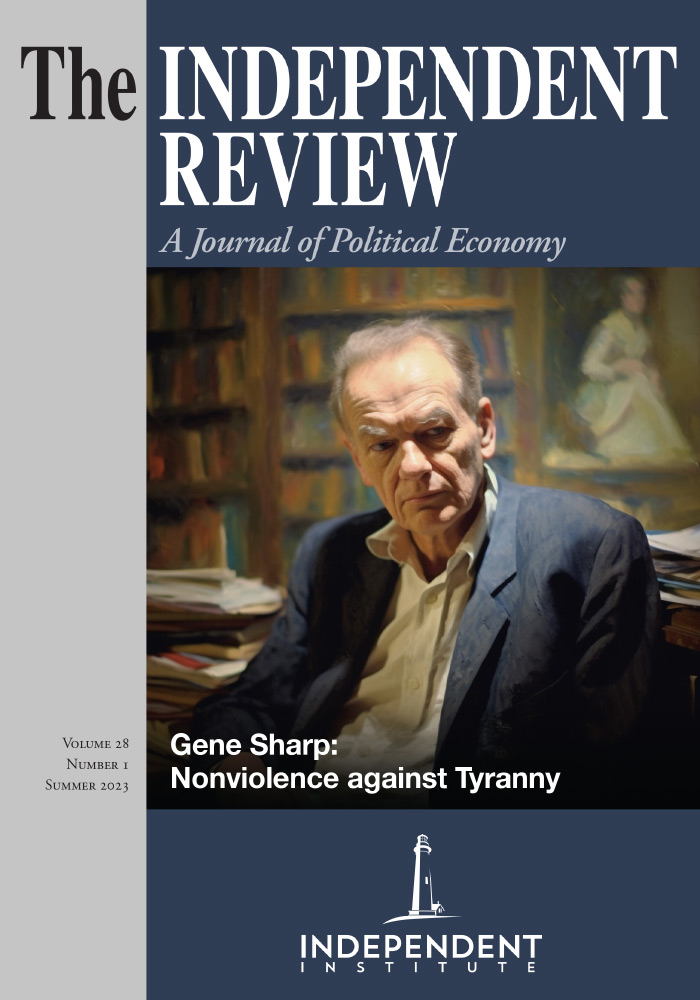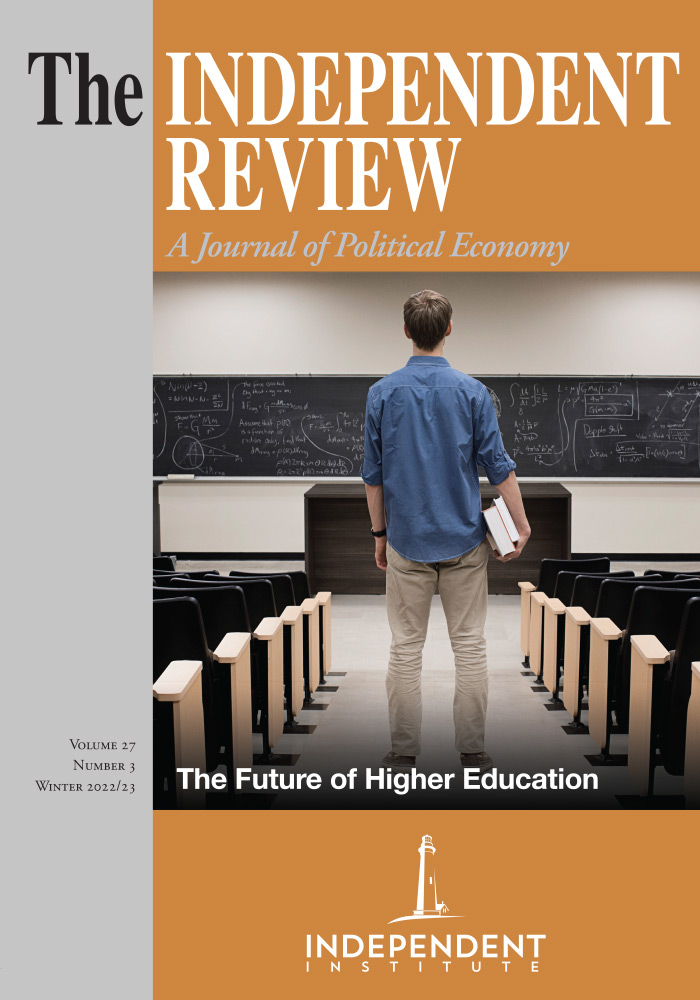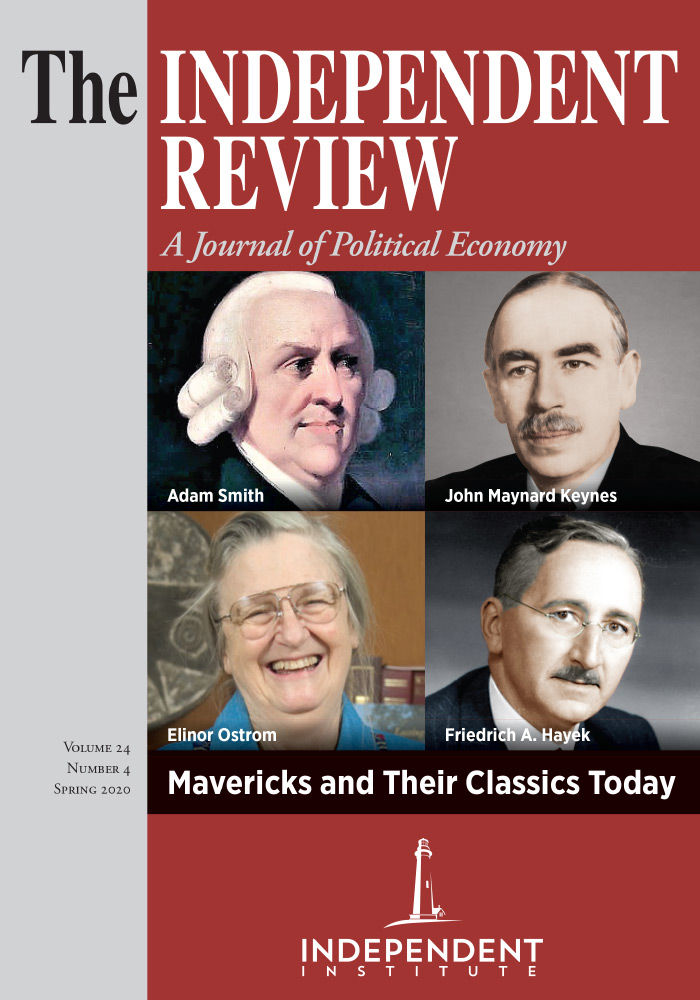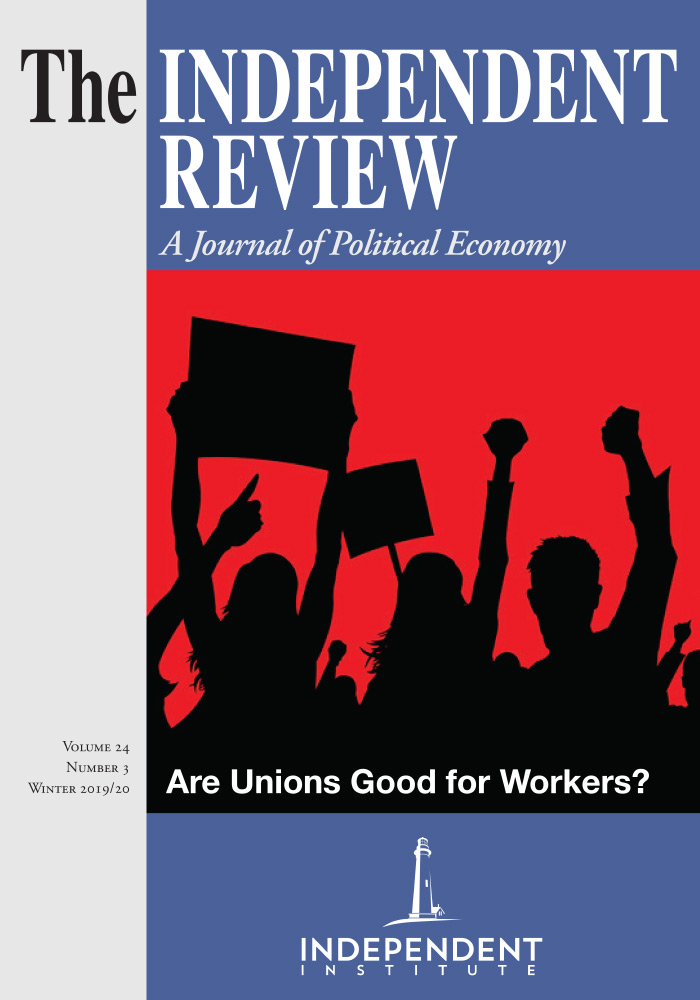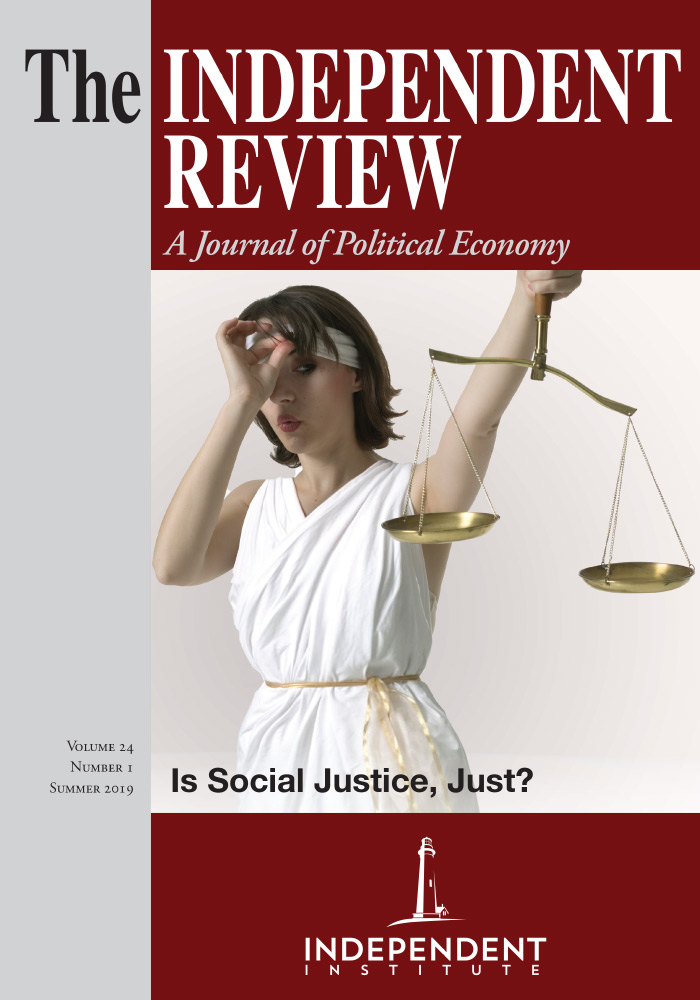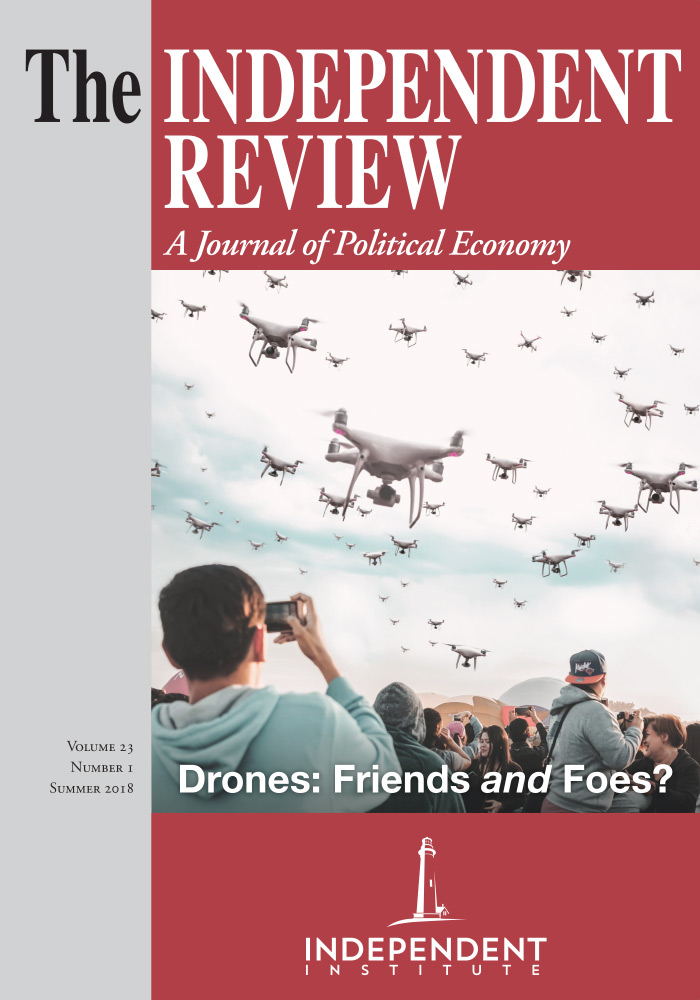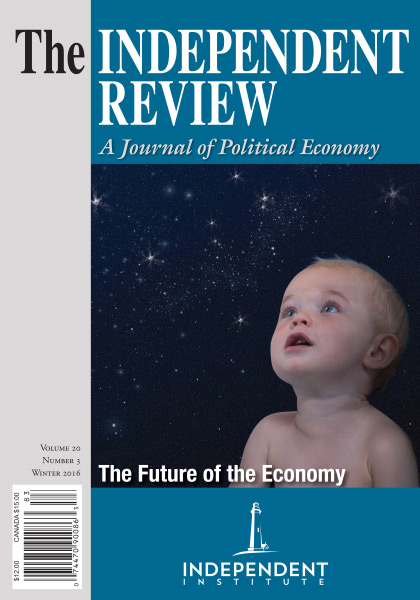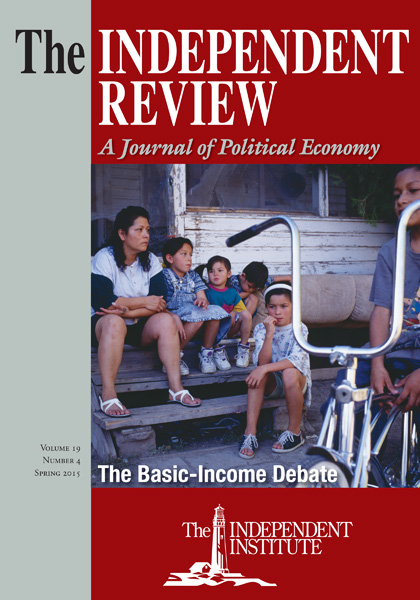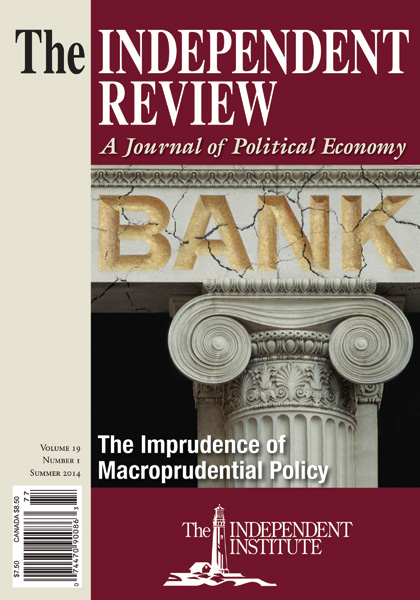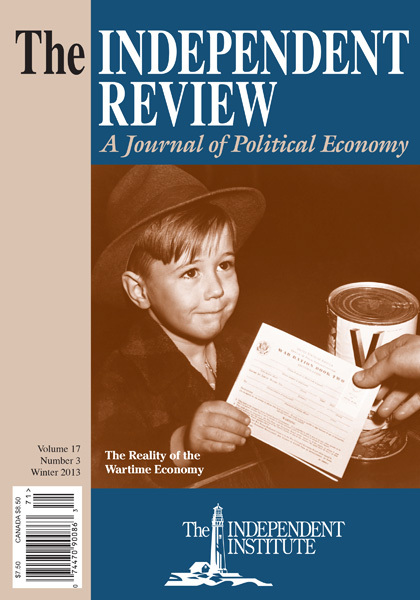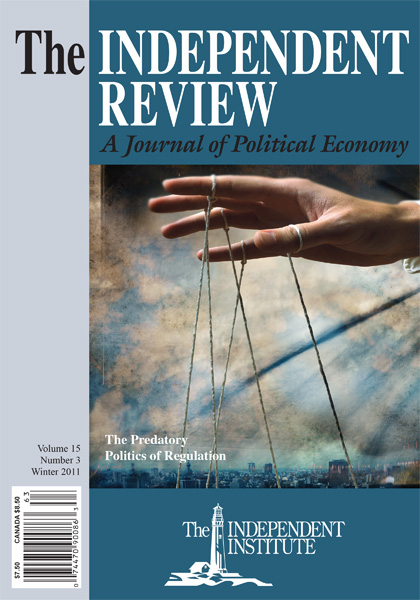There were many great battles during the Second World War, however, the production battle was far and away the most important. A close examination of wartime production statistics strongly suggest that U.S. war planners understood victory over Japan was inevitable. Were the atomic bombings even necessary to win the war?
Article
On August 6, 1945, the government of the United States dropped an atomic bomb on Hiroshima, Japan. The bomb killed sixty-five thousand Japanese instantly. Another sixty-five thousand inhabitants of Hiroshima perished in the following months. On August 9, the U.S. government dropped an atomic bomb on Nagasaki, killing thirty-five thousand instantly and another thirty-five thousand before the end of the year. Over the following decades, thousands more died from medical complications caused by the atomic bombing. In short, the U.S. government killed over two hundred thousand Japanese with atomic weapons. Fully 96.5 percent were civilians (Dower 2010, 199; Overy 2022, 790).
The atomic bombing was a watershed in history. Since the bombing, the specter of nuclear war has haunted humanity. For this reason, a survey of prominent journalists ranked the bombing as the most important event of the twentieth century (Walker 2005, 311). The controversy over the event is commensurate with its significance. Debates over the atomic bombing are waged with more ferocity and contempt than debates over almost any other historical topic.[1] Although many questions are involved, the debate almost inevitably comes down to this question: was it necessary?
Arguments over the bombing often appeal to statements from U.S. government officials. For example, President Harry S. Truman claimed the atomic bombing was “the greatest thing in history” and “saved millions of lives” (qtd. in Alperovitz 1995, 513, 517). By contrast, Admiral William D. Leahy—the highest-ranking U.S. military officer throughout the Second World War—thought the atomic bombing was unnecessary:
It is my opinion that the use of this barbarous weapon at Hiroshima and Nagasaki was of no material assistance in our war against Japan. The Japanese were already defeated and ready to surrender because of the effective sea blockade and the successful bombing with conventional weapons.... My own feeling was that in being the first to use it, we had adopted an ethical standard common to the barbarians of the Dark Ages. I was not taught to make war in that fashion, and wars cannot be won by destroying women and children. (1950, 513–14)[2]
Statements from government officials cannot establish whether the atomic bombing was unnecessary. Any argument that the bombing was unnecessary must be based on the facts of the war. To be sure, statements from government officials can be crucial in the search for essential facts. Still, the facts must be independently verified and interpreted.
Unfortunately, the vast literature on the atomic bombing overlooks the most important facts of the war—namely, the economic facts. At its core, the Second World War was an economic war. Economic conflict caused the war, and the economic battle was by far the most important battle.[3] It is impossible to fully understand the war in general and the atomic bombing in particular without understanding the economics of the war. This paper introduces vital economic facts about the Second World War into the literature on the atomic bombing.
The central thesis of this paper is that the atomic bombing of Japan was unnecessary. Basic wartime economic statistics show that the United States had an overwhelming economic advantage over Japan during the Second World War. The U.S. used its commanding economic position to wage a debilitating economic war against Japan. Production statistics show the U.S. economic war caused the Japanese economy to collapse. Additionally, production statistics strongly suggest that U.S. political and military leadership did not view Japan as an existential threat after 1943. Invading Japan was unnecessary for the same economic reasons that the atomic bombing was unnecessary.
The Big Economic Picture
An economic analysis of the Second World War must begin by comparing the sizes of the combatants’ territories, populations, and armed forces. All else equal, a combatant with more territory has an advantage over a combatant with less territory. A larger territory is more difficult to conquer and occupy, and it has more natural resources needed for war. As table 1 shows, the Allied powers’ home territory was 23.9 times larger than the Axis powers’ home territory. The U.S. alone was 6.3 times larger than the combined home territories of the Axis powers. The Japanese homeland was only 4.9 percent of the size of the continental United States. Even when Japanese colonial territory is considered, U.S. home territory was 4 times larger than total Japanese territory. Clearly, the U.S. had a massive territorial advantage over Japan.
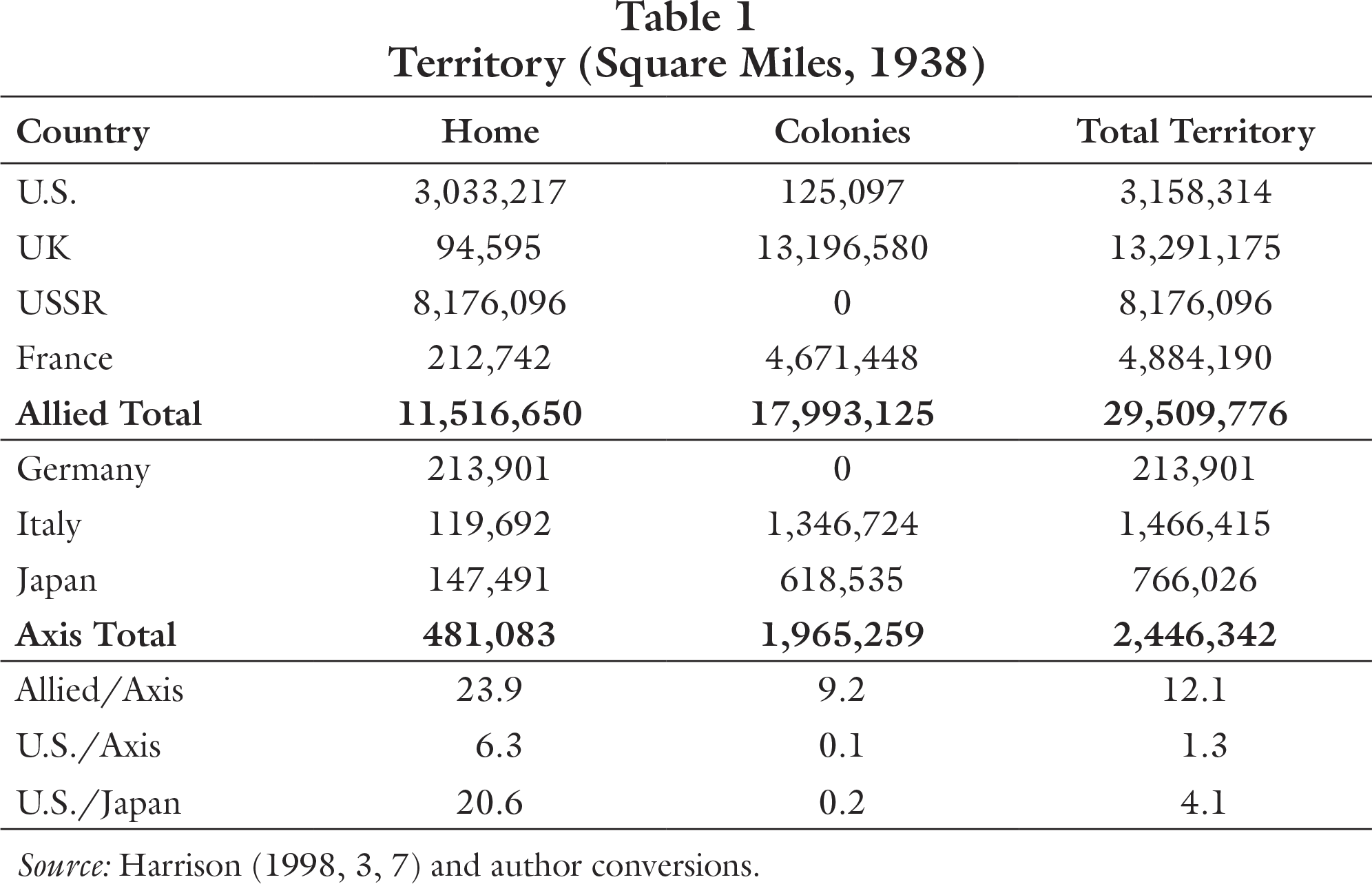
The relative size of the combatants’ populations is another relevant factor in any war. All else equal, the combatant with the larger population can devote more manpower to the war effort. The total population of the major Allied powers (412.6 million) far exceeded the total population of the Axis powers (194 million). Moreover, China’s and India’s populations were 450 million and 360 million, respectively (Ellis 1993, 253). Hence, total population of all the Allies was approximately six times larger than the Axis population. As for the Pacific war in particular, the population of the U.S. (129 million) was almost twice the population of Japan (72.2 million).
As table 2 shows, nearly 56.9 million served in the Allied armed forces, while 30.4 million served for the Axis powers. And 16.4 million Americans served in the armed forces, compared to 9.1 million Japanese. As table 3 indicates, 13.8 Japanese servicemen died for every 1 American in the US-Japanese Theater. It is true that two-thirds of Japanese military deaths were due to starvation or illness (Dower 1986, 298). Still, the American kill ratio averaged five to one for the war. And it skyrocketed to twenty-two to one between March 1944 and May 1945 (Miles 1985, 134). In short, the American armed forces were much larger than their Japanese counterparts, and the Americans were far more deadly.
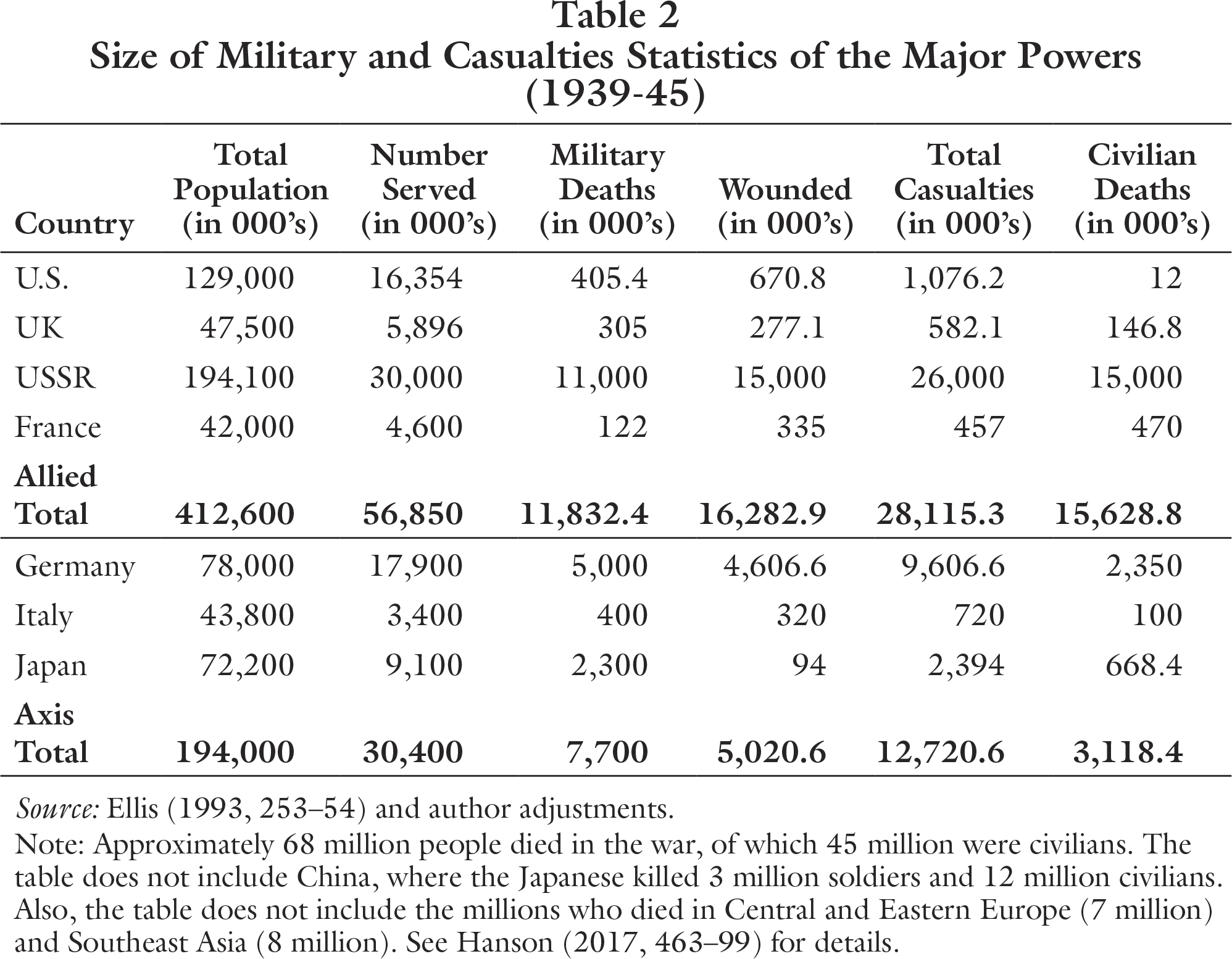
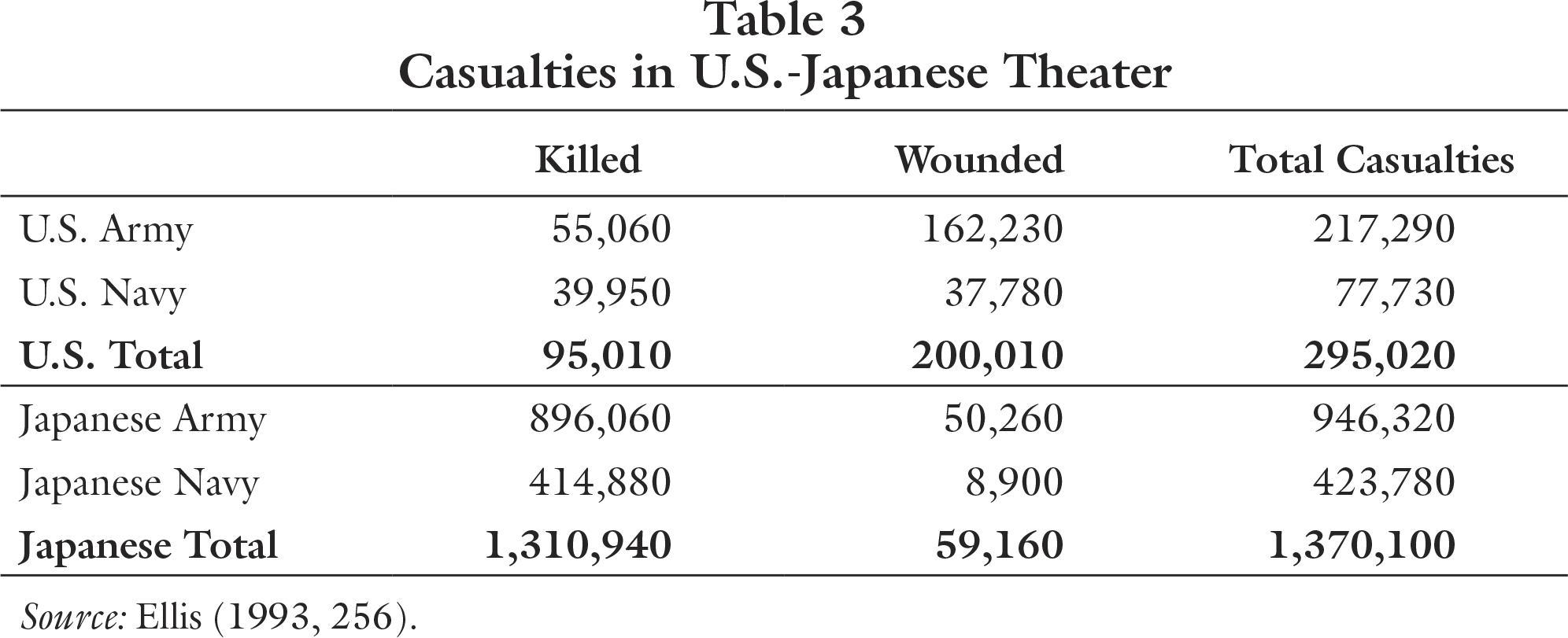
The U.S. thus had a significant advantage over Japan in terms of territory, population size, and servicemen. However, greater numbers do not guarantee victory. History is full of examples in which a smaller force was able to easily defeat a much larger force. Two obvious examples are the Spanish conquest of the New World and the Opium Wars. How can a smaller force prevail? The answer is superiority in war goods.
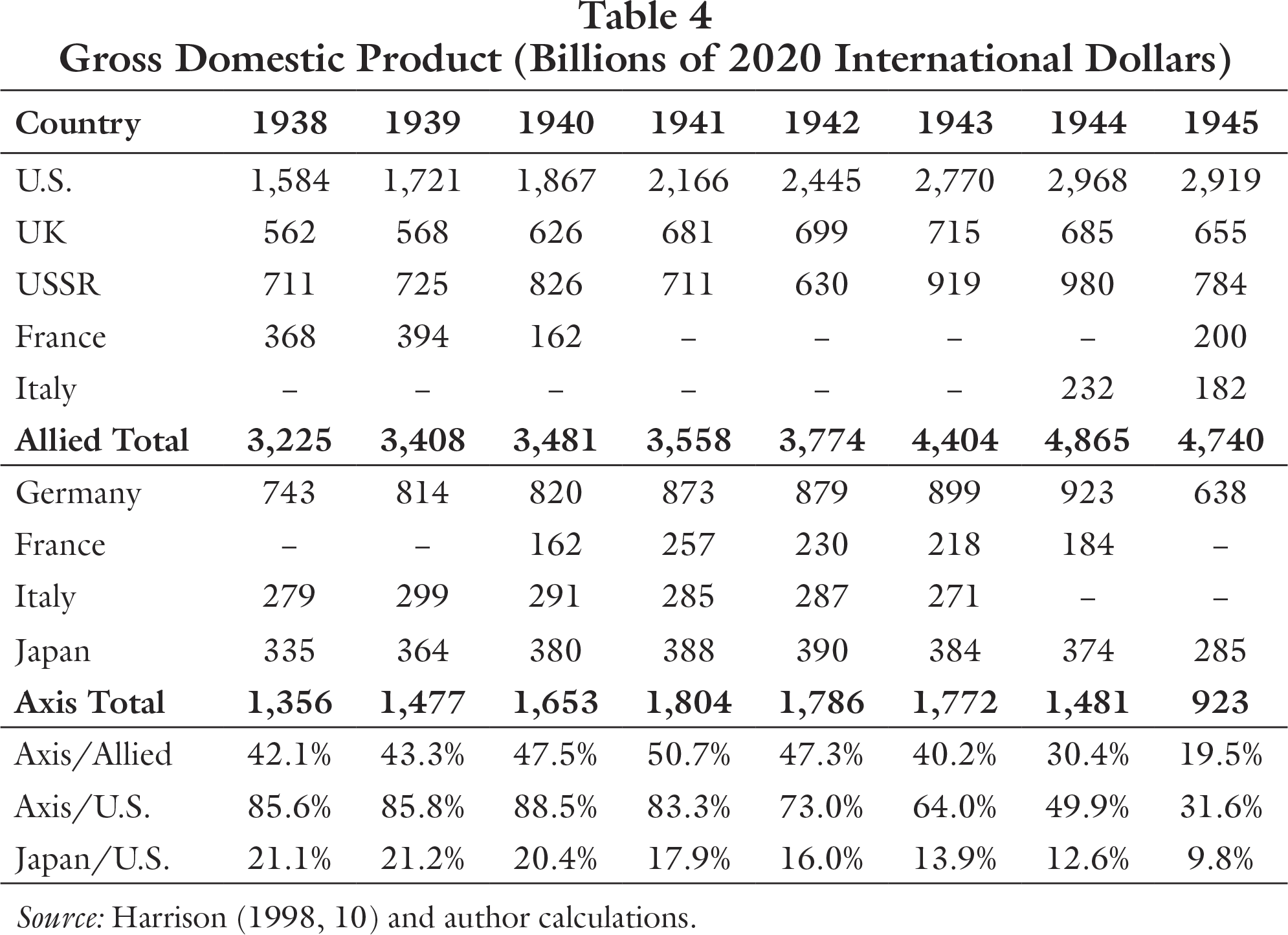
War goods are required to fight and win wars. All else equal, a force better equipped with war goods has an advantage over a force poorly equipped. To take an extreme example, a force with machine guns has an advantage over a force with wooden spears. But war goods do not fall from the sky; they must be produced. The combatant with the superior economic ability to produce war goods has an important advantage in war. Indeed, the production advantage is the decisive advantage in modern war.
Gross domestic product (GDP) is the most common measure of a country’s capacity to produce. In 1945 total Allied GDP was 5.1 times greater than total Axis GDP. U.S. GDP alone was 3.2 times greater than total Axis GDP. The combined GDP of all the other major powers—the UK, the USSR, France, Germany, Italy, and Japan—was only 94 percent of U.S. GDP. Amazingly, U.S. GDP was 10.2 times greater than Japanese GDP in 1945. Put differently, Japanese GDP was only 9.8 percent of U.S. GDP when the atomic bombs were dropped.
Military spending is a good indicator of a combatant’s economic capacity to wage war. Table 5 shows the military spending of each major power during the war. By 1945 Allied military spending was 3 times greater than total Axis military spending. U.S. military spending alone was 1.3 times greater than total Axis GDP in 1945 and 5.7 times greater than Japan’s military spending. Shockingly, Japanese GDP was only 23.3 percent of U.S. military spending in 1945. Military-spending statistics show that the U.S. had an enormous economic advantage over Japan and all the other major powers.
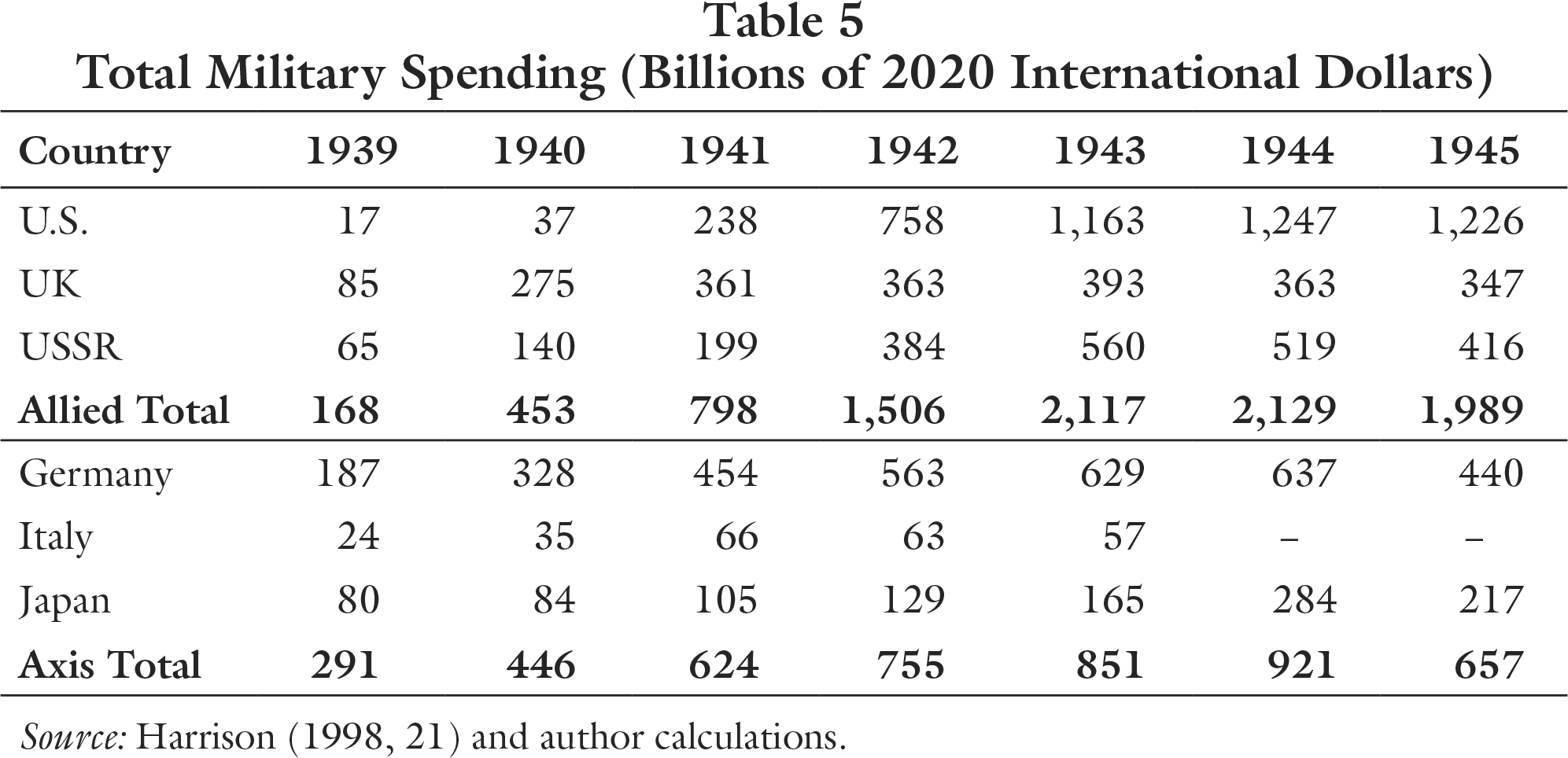
The U.S. Economic War against Japan
Economic conflict caused the war between the U.S. and Japan. Since 1899 it had been U.S. policy to keep China’s international trade open to all nations. The so-called Open Door policy meant the U.S. would not allow any nation to restrict equal trade with China. The Open Door policy clashed with Japan’s Amau Doctrine. Japan thought dominating trade in East Asia—and China in particular—was the only way it could become a world power. Thus, as Robert Dallek writes, “Japan repudiated the Open Door policy and expressed determination to create an East Asian block” (Dallek 1995, 193).[4] In the 1930s Japan defied the Open Door policy and attempted to forcibly close China to international trade. The economic conflict over open trade with China was the fundamental cause of the Pacific war.
Between 1906 and 1941 U.S. war planners developed and refined a strategy for defeating Japan, called War Plan Orange. The U.S. used this plan to defeat Japan in the Pacific war. Significantly, economic warfare was at the heart of War Plan Orange (Overy 2022, 576, 587–88).[5] As Edward S. Miller explains:
U.S. industrial might would be harnessed to ... destroy Japan’s military capacity and economic life, and compel it to complete submission.... The United States need not confront the fearsome Orange army en masse, either on the mainland of Asia or in Japan itself. It would win by waging a maritime war.... [The U.S.] would choke off all of Japan’s imports and ravage its industries and cities by air bombardment until it sued for peace.... The plan was, on the whole, remarkably predictive. (1991, 3–5)
Again, victory in modern war depends on war goods such as guns, ammunition, explosives, vehicles, aircraft, warships, merchant vessels, and tankers. In turn, certain raw materials are required to produce and operate war goods. As table 6 shows, the Allied powers had major advantages in nearly every strategic natural resource needed to wage war.
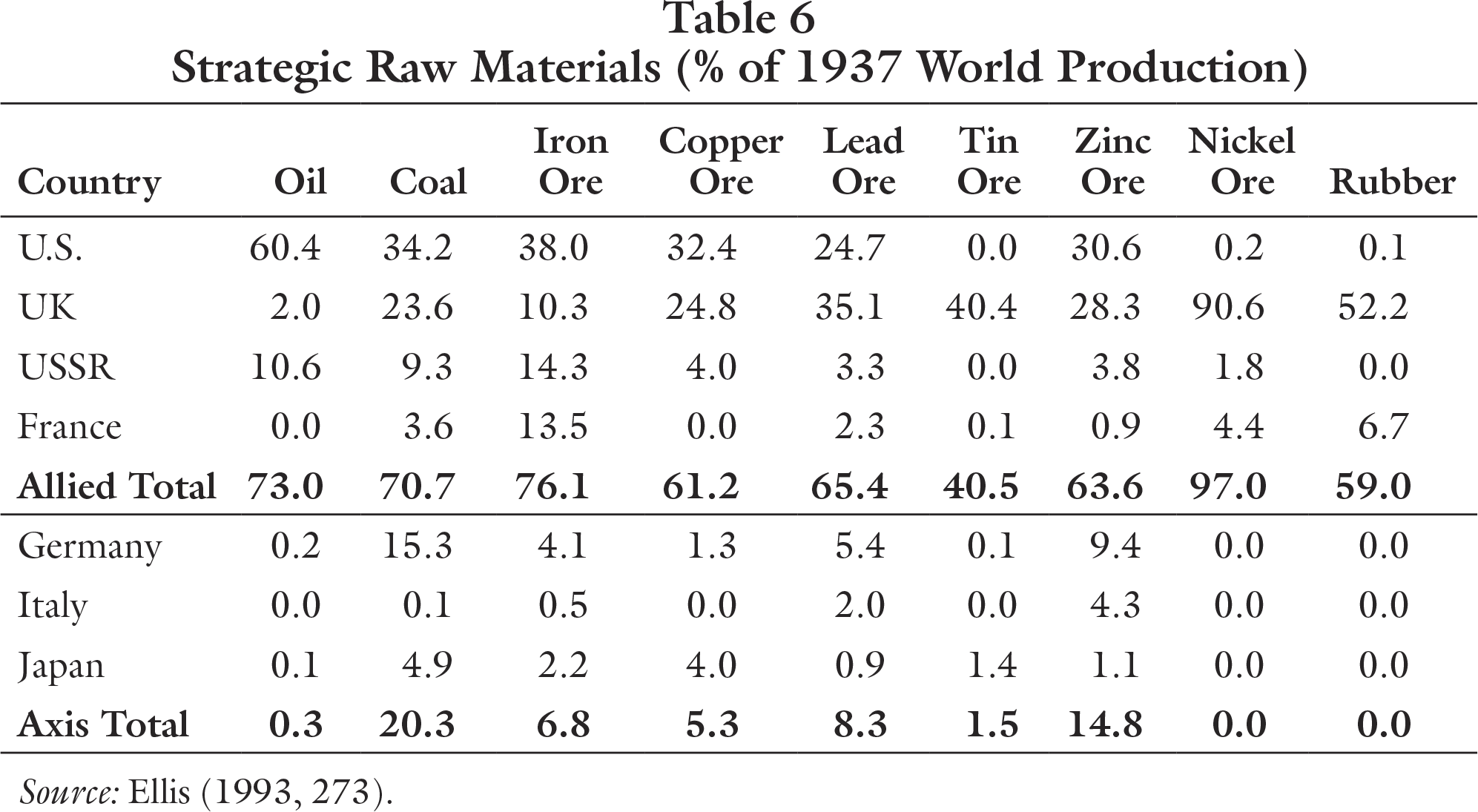
Japan is deficient in nearly every important strategic war material, including oil, coal, iron, copper, lead, zinc, tin, nickel, bauxite, tungsten, and rubber (Ellis 1993, 274). These deficiencies made Japan especially vulnerable to economic warfare. This was well known to the strategists who developed War Plan Orange. In summer 1941, the U.S. initiated a comprehensive program to devastate Japan’s supply of strategic war materials (Miller 2007; Higgs 2012). As table 7 shows, Japanese imports of strategic raw materials fell sharply during the war.
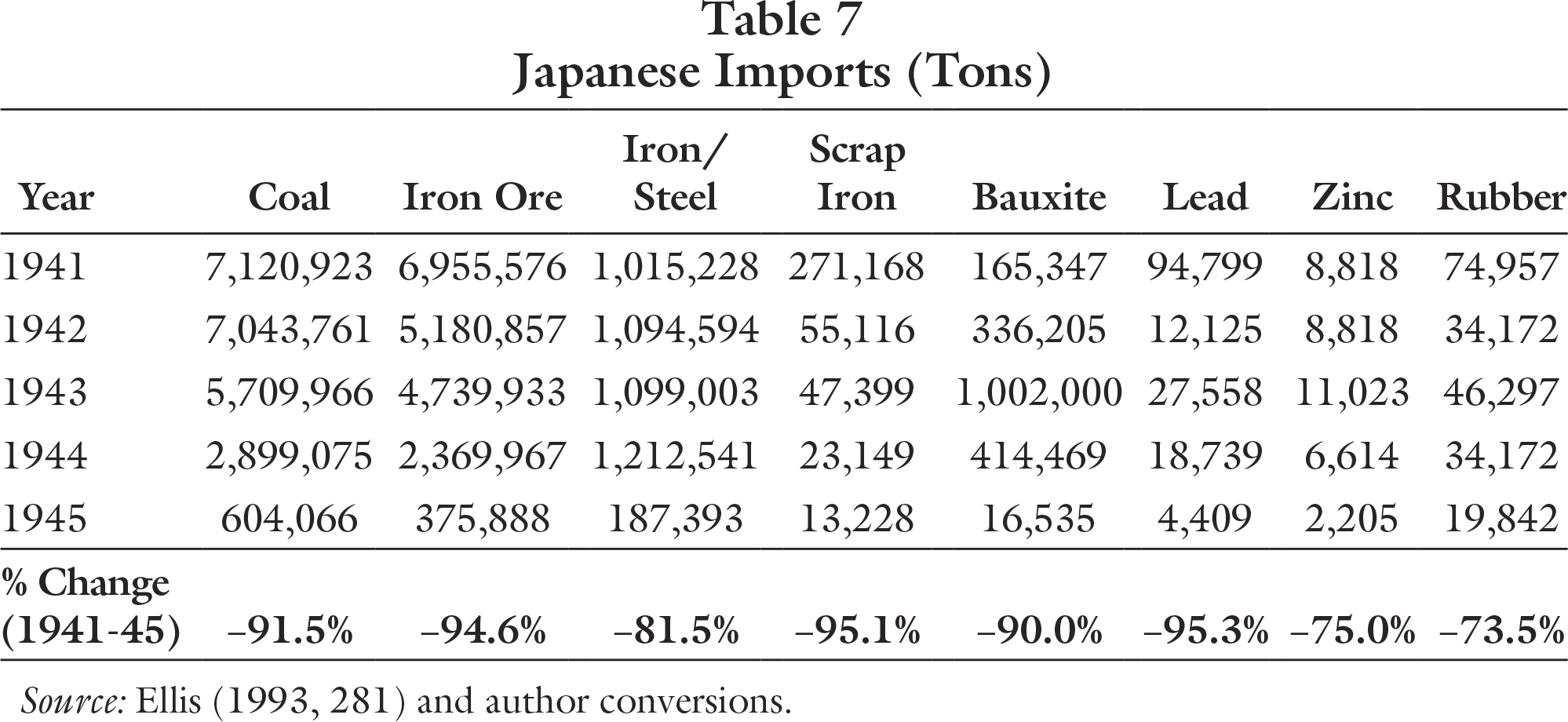
Steel was the fundamental war material during the Second World War. It was used in the production of vital war goods, including guns, vehicles, aircraft, and warships. In 1942 U.S. steel production was approximately ten times greater than Japanese steel production. Japanese steel production then declined by 90.9 percent between 1943 and 1945. By the end of the war, Japanese steel production was just 0.9 percent of U.S. steel production. Additionally, Japan’s steel imports collapsed 81.5 percent during the war.
Iron ore is used to produce steel. Japanese production of it was only 2.2 percent of world production in 1937. In 1942 Japanese iron-ore production was just 6.9 percent of U.S. production. Japanese production then collapsed 87.8 percent between 1942 and 1945. In addition, Japanese imports of iron ore fell by 94.6 percent during the war.
Coal was essential to war production. It fueled the power stations for war factories, and it fueled iron and steel furnaces. As table 8 shows, U.S. coal production was 8.6 times greater than Japanese production in 1942. By 1945 Japanese coal production collapsed 82.1 percent. Coal imports dropped 91.5 percent. Even if it had access to iron ore and scrap, Japan could not produce steel for lack of coal. In short, the U.S. attack on Japanese crude steel, iron ore, and coal created a multilayered steel crisis.
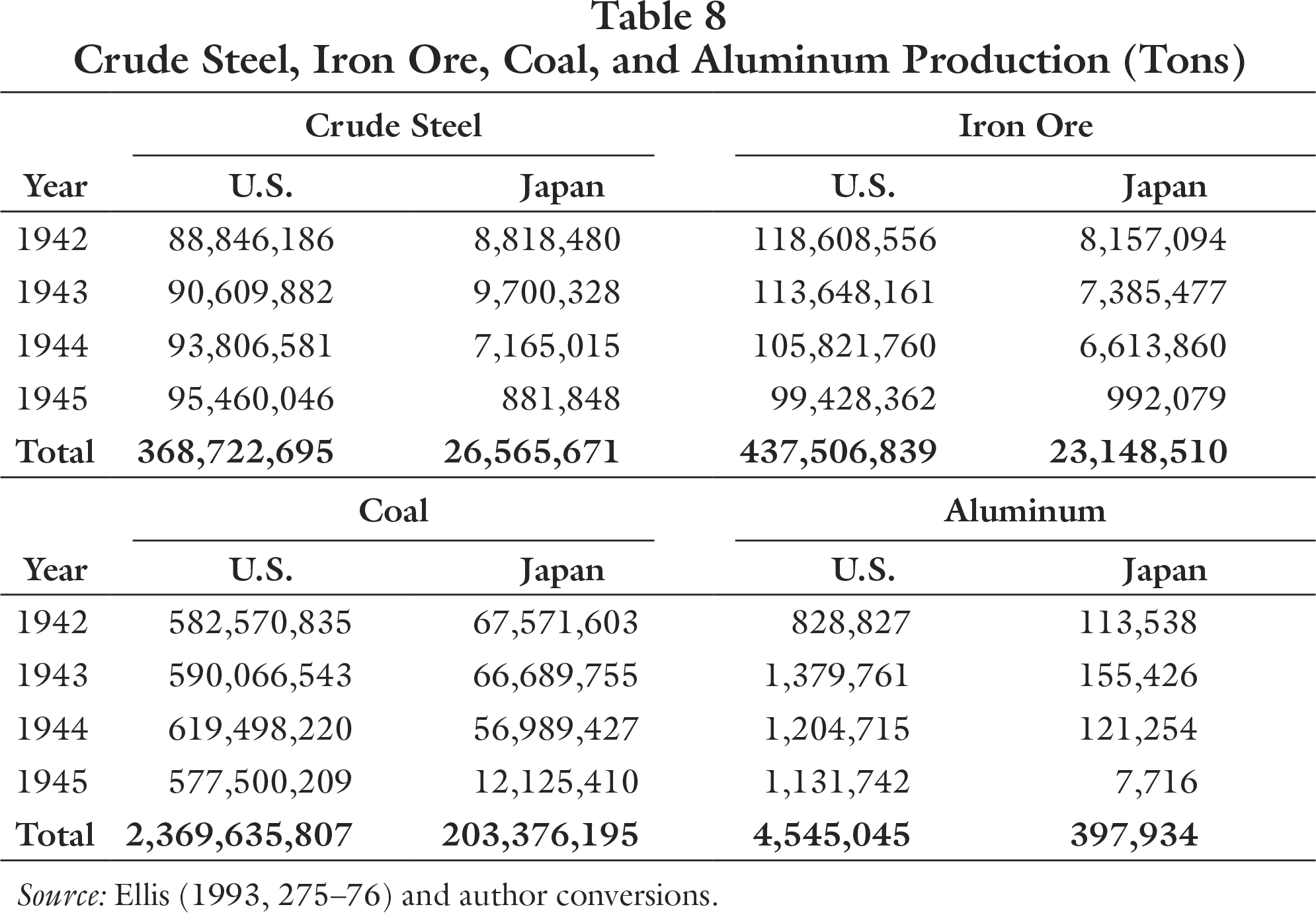
U.S. economic warfare produced a Japanese aluminum crisis on top of the steel crisis. Aluminum was needed to build aircraft, engine parts, electric cables, and explosives. Aluminum production in the U.S. was 7.3 times larger than Japanese production in 1942. Japanese production then collapsed 95 percent between 1943 and 1945. As with steel, the U.S. economic war meant that by 1945 Japan could import virtually no aluminum.
Crude oil was the essential strategic resource of the Second World War. Oil was needed to operate many essential war goods, such as trucks, tanks, aircraft, warships, and merchant ships. As table 6 shows, the U.S. was by far the largest producer in the world before the war. Table 9 indicates that the U.S. produced 14.1 times more crude oil in 1943 than all the Axis powers combined. The entire Allied war effort was totally dependent on U.S. oil. Even the USSR was incapable of fighting without U.S. oil, not to mention U.S. food, aluminum, explosives, trucks, rails, locomotives, radios, telephones, military clothing, and boots.[6]
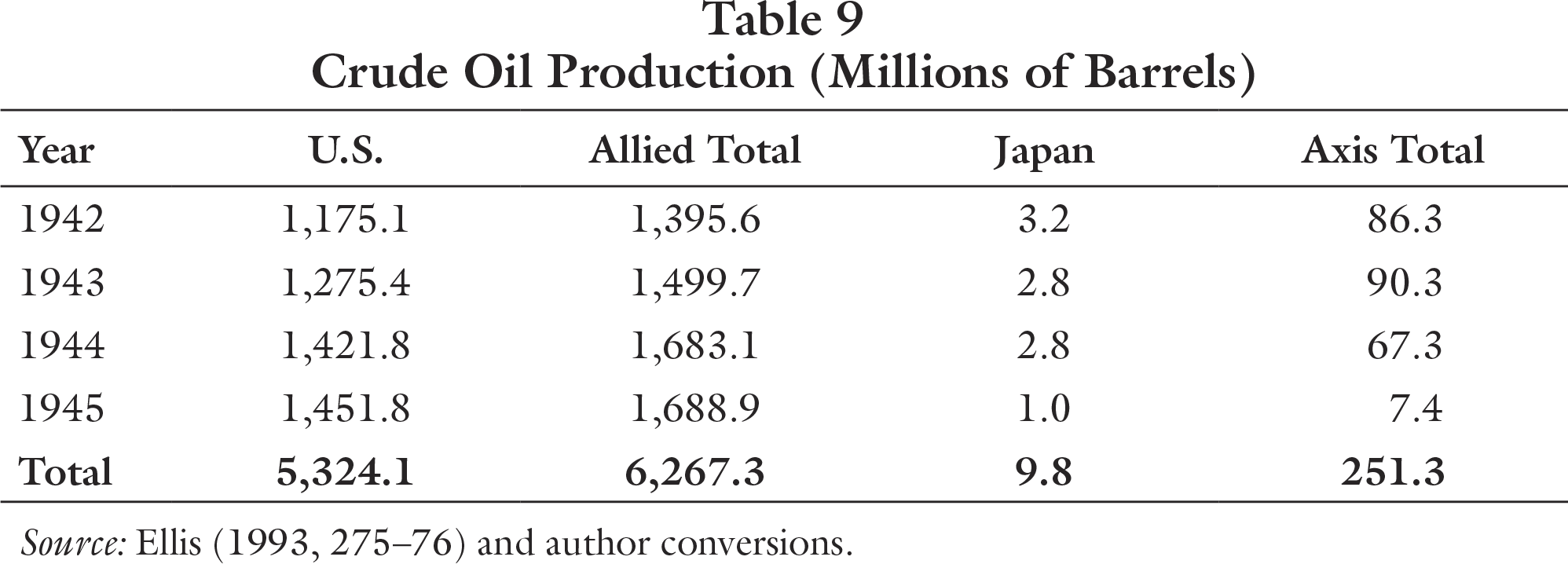
Before the war, U.S. strategists determined that lack of oil was Japan’s key economic vulnerability (Miller 2007, 156). Table 10 indicates that Japan was heavily dependent on foreign oil before the war. In 1938 U.S. war analysts estimated that Japan imported 92.4 percent of its oil and that a large portion—72.4 percent—came from the U.S.[7]
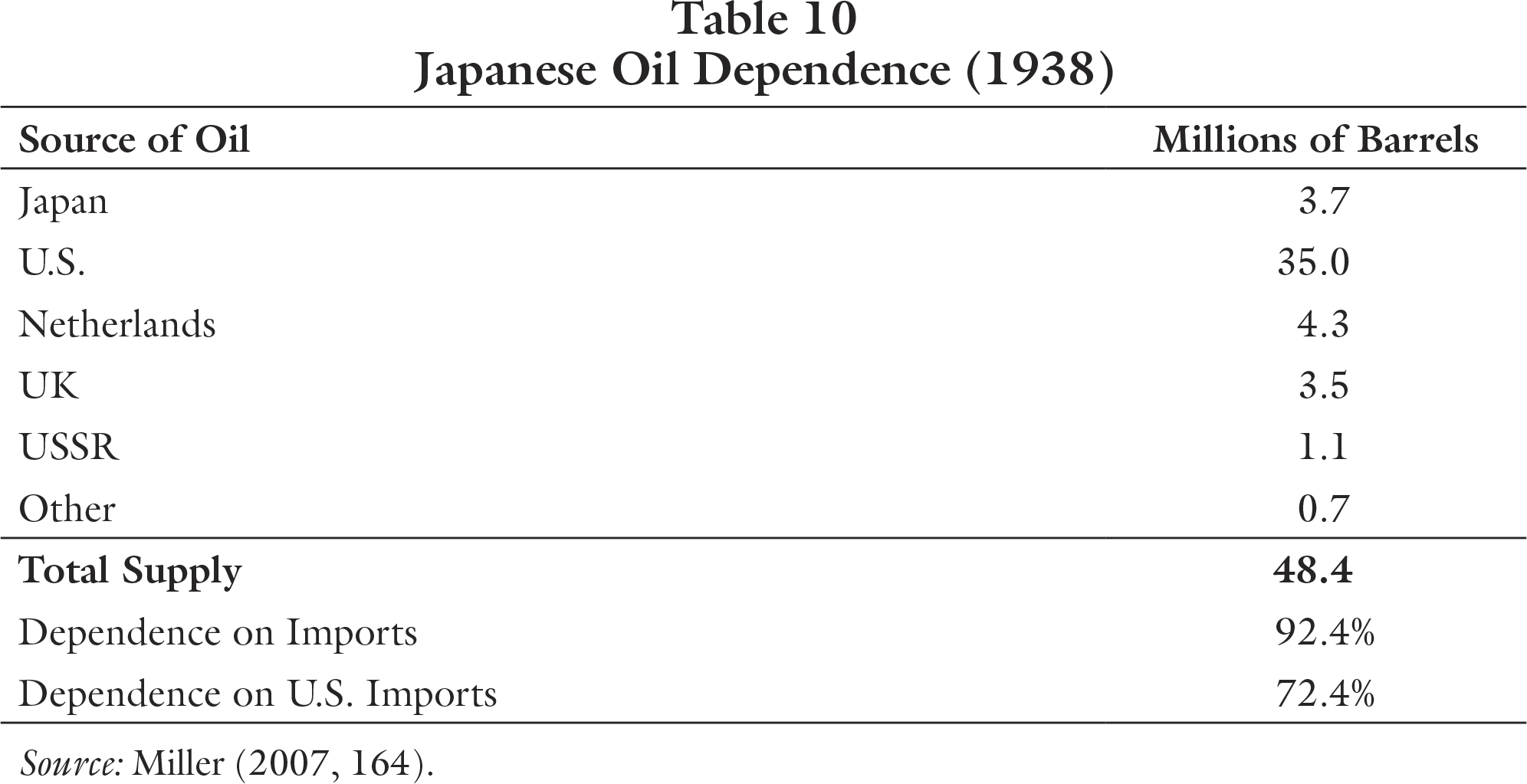
U.S. economic warfare fully exploited Japan’s oil vulnerability. Japan’s total supply of incoming oil collapsed 94.2 percent from 1943 to 1945. As the U.S. choked supply, Japanese oil consumption cratered 83.5 percent during this period. U.S. economic warfare meant Japan was in a full-blown oil crisis at the time of the atomic bombing.
The Japanese had strategic oil reserves, but these reserves were dangerously low in August 1945. In 1944 the Japanese consumed 1.6 million barrels of oil per month. At this rate, the Japanese oil reserve of 3.7 million barrels in 1945 would have been totally exhausted in less than three months. All this shows that the Japanese military did not have enough oil to continue the war.
The U.S. compounded the Japanese oil crisis by destroying the Japanese tanker fleet. As table 12 shows, Japanese tanker production collapsed by 86.3 percent after 1944. This is indicative of the Japanese economy generally. Japanese tanker tonnage destroyed by the U.S. in 1944 was 2.8 times greater than the total stock of tankers available to Japan in 1945. The Japanese tanker fleet would have been completely destroyed in just a few months had the atomic bombing not happened. Even if Japan had had oil, it would have been incapable of transporting it to key strategic positions. Japan’s lack of oil and its inability to transport it meant the Japanese armed forces were effectively paralyzed at the time of the atomic bombing.[8]
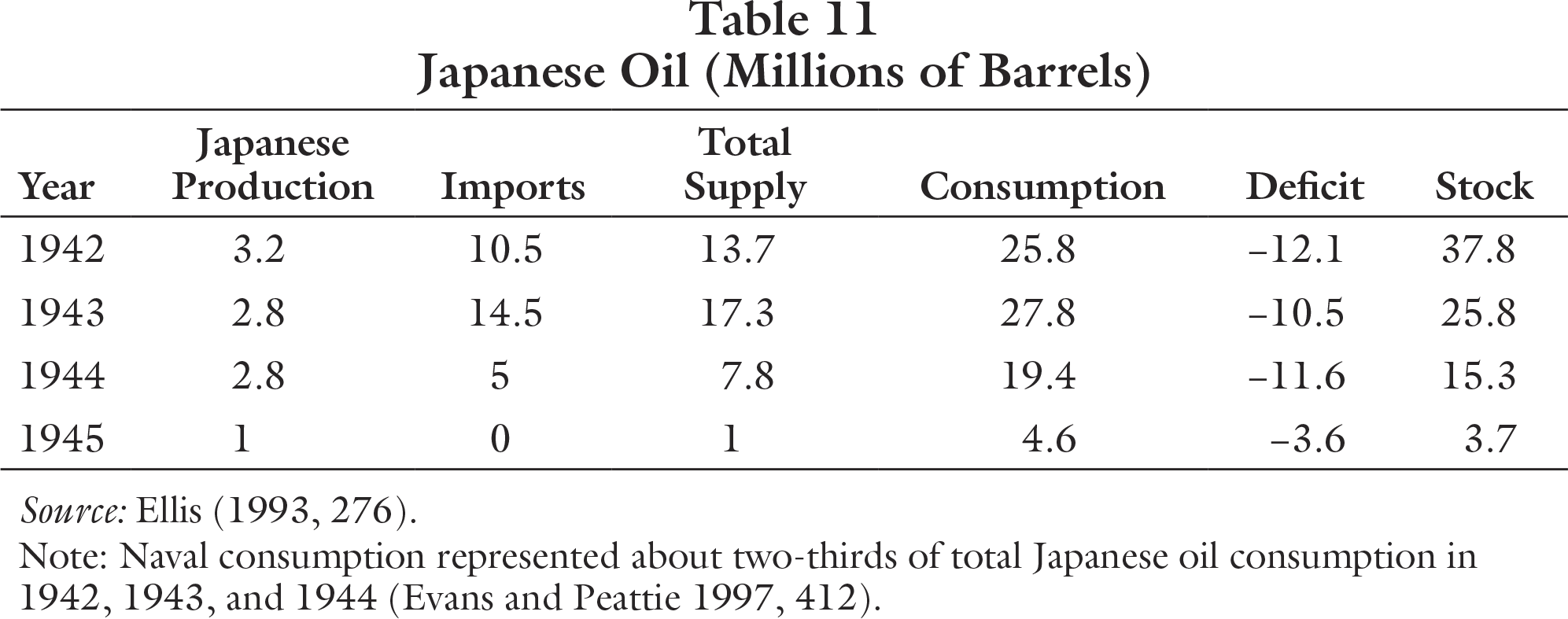
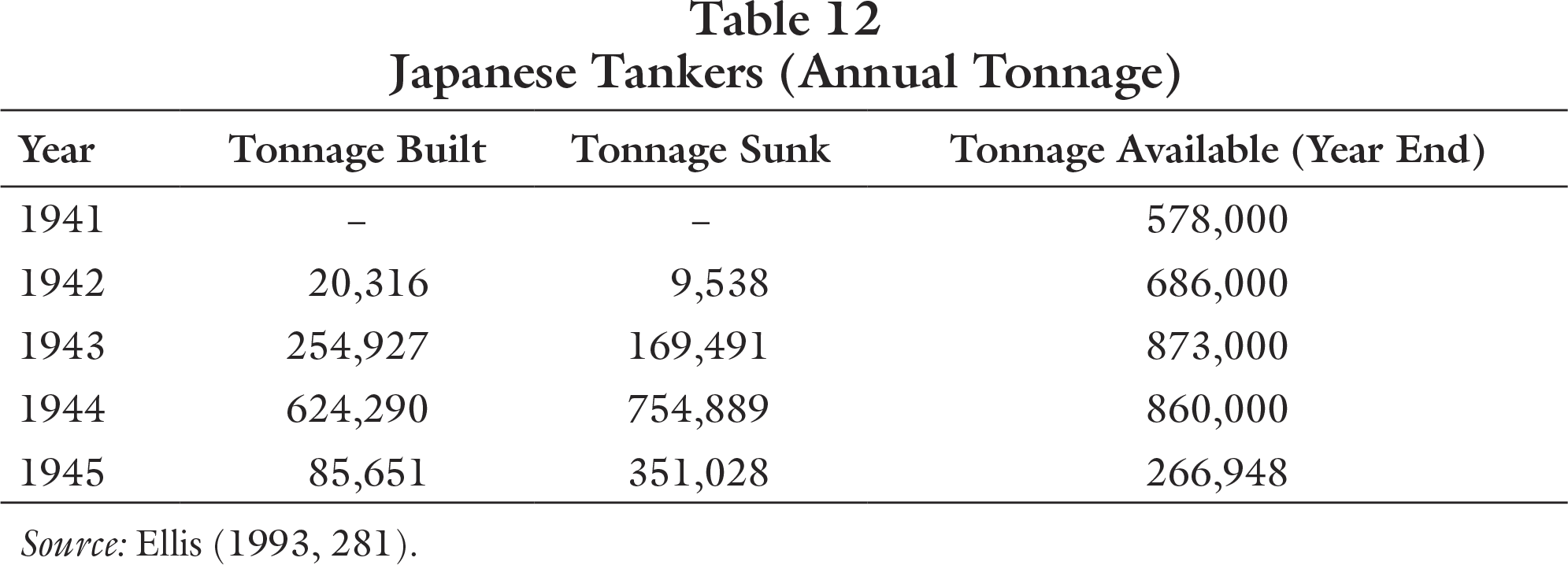
On top of the metal and oil crises, Japan was suffering a severe food crisis when the U.S. government deployed the atomic bombs. Military strategists have always known that food production is a problem for Japan. Over 70 percent of Japanese territory is mountainous, and only 15 percent of Japanese territory is arable (Miller 2007, 135). The mountainous terrain makes it difficult to raise crops and livestock. As table 13 shows, the Allied powers had a significant advantage over the Axis powers in food production, especially Japan.
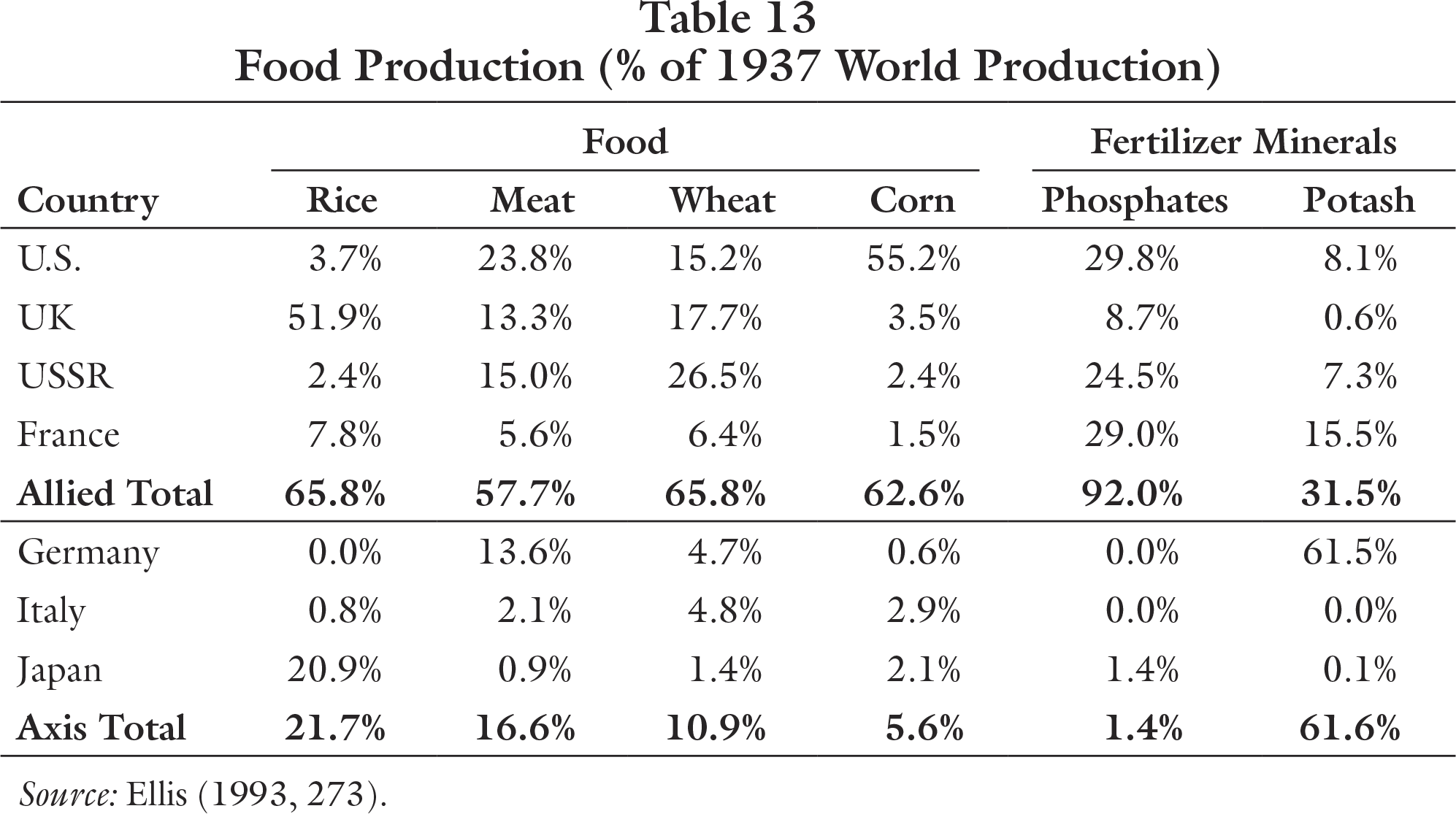
Table 14 summarizes the average Japanese diet before the war. The average Japanese consumed only two thousand calories per day. This is just 6.4 percent above the subsistence level. And, as shown below, the composition of the average Japanese diet made Japan particularly vulnerable to economic warfare against its food supply.
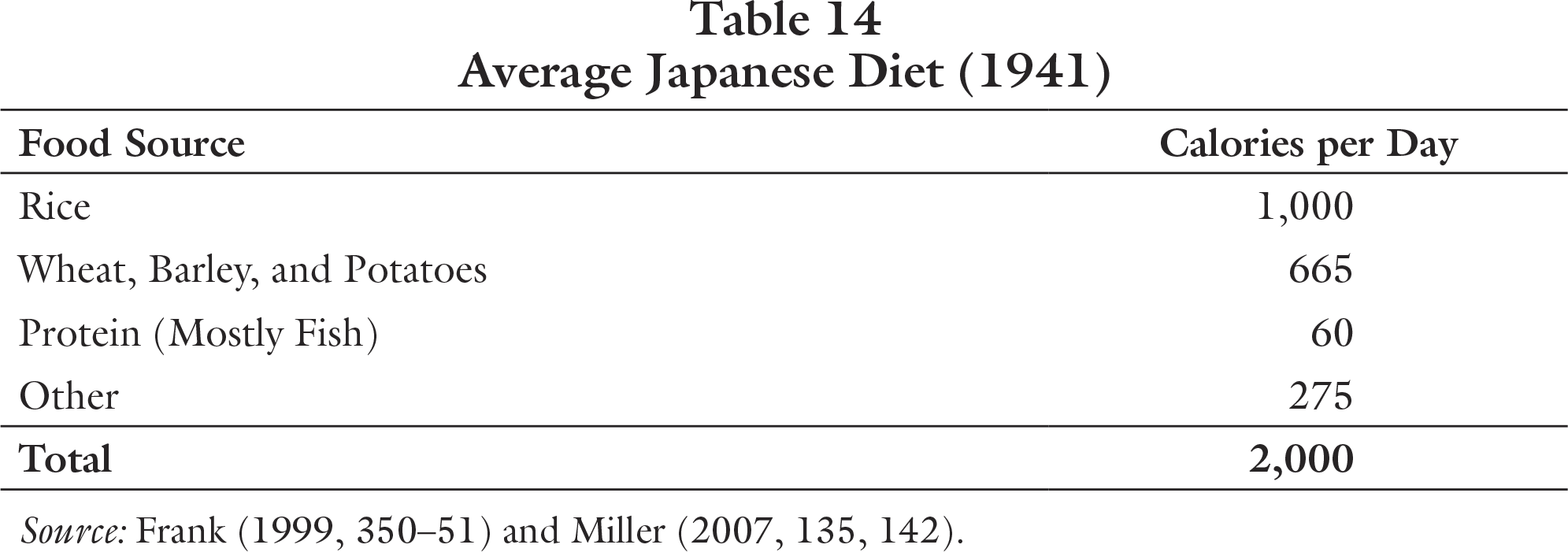
The U.S. economic war against Japan targeted food imports. Before the start of the war, Japan imported approximately 20 percent of all its food (Miller 2007, 135). As table 14 shows, half of the average Japanese calories came from rice. Japan produced 20.9 percent of the world’s rice before the war. Still, Japan had to import rice to sustain its population. As table 15 shows, Japan imported 23.4 percent of its rice in 1941. By 1945 Japanese rice imports had cratered 89.4 percent. The total supply of available rice in Japan fell by 37.6 percent during the war. The Japanese maintained emergency stocks of rice, but U.S. bombing raids in 1945 destroyed a major portion of these stocks. At the rate of consumption in 1941, the Japanese rice stock in 1945 was enough for only 4.5 days of consumption.
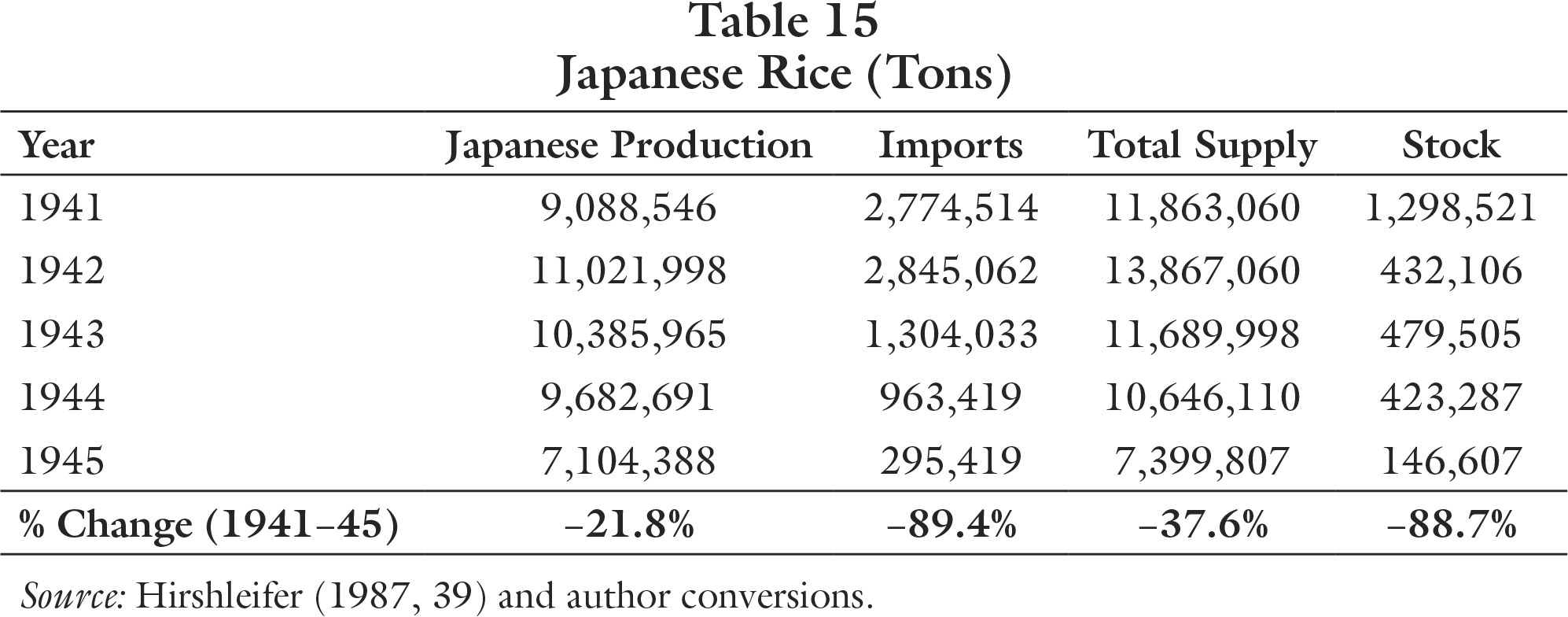
By the time of the war, approximately 33 percent of the average Japanese caloric intake came from wheat, barley, and potatoes. Behind rice, wheat was the second-greatest source of calories for the average Japanese (Miller 2007, 139). Given Japan’s mountainous territory, fertilizers were essential for its grain production: fertilizers increased the Japanese wheat yield by approximately 50 percent. As table 13 shows, Japan did not produce fertilizer minerals such as phosphate and potash. The U.S. cut off Japanese imports of fertilizer minerals and thereby reduced the Japanese wheat yield by one-third.
As table 13 shows, Japan produced only 0.9 percent of the world’s meat before the war, for it lacks good ground for grazing animals. The average Japanese diet consisted of only sixty calories from protein per day, mostly from fish. The war devastated Japanese fishing. The Japanese navy commandeered many fishing vessels, and the U.S. Navy sank countless others. Beyond that, the Japanese oil crisis meant many fishing vessels were confined to port. All this meant that the Japanese population was increasingly starved of protein.
Finally, Japan’s transportation crisis compounded the food crisis. The oil crisis hampered food transportation. Further, the U.S. decimated Japanese shipping and railroad networks (O’Brien 2015, 439–40; Hanson 2017, 114). By August 1945 Japan’s ability to transport food from production centers to population centers was seriously impaired. In summary, Japan was in a full-scale food crisis by the time of the atomic bombing:
Individual Japanese watched their food rations dwindle to alarming levels. In 1941, the average citizen consumed about 2,000 calories daily, just 6.4 percent above subsistence levels. (Americans in 1941 each had a diet of about 3,400 calories.) By 1944, the Japanese daily average fell to 1,900 calories; by 1945 it sank to only 1,680. The incidences of tuberculosis, beriberi and digestive, skin and vitamin-related diseases soared.... [On May 14, 1946,] the official ration now stood at only 1,042 calories per person in Tokyo, but the amount actually issued averaged approximately 800 calories. (Frank 1999, 350–51)
The famine conditions in Japan led the Substitute Food Section of the Ministry of Agriculture to develop a desperation diet:
[T]he emperor’s loyal subjects were encouraged to supplement their starch intake by introducing such items as acorns, grain husks, peanut shells, and sawdust to their household larder.... For minerals, people were encouraged to introduce used tea leaves and the seeds, blossoms, and leaves of roses to their diet. Protein deficiencies could be remedied by eating silkworm cocoons, worms, grasshoppers, mice, rats, moles, snails, snakes, or a powder made by drying the blood of cows, horses, and pigs. (Dower 1999, 91)
U.S. leadership certainly knew Japan was suffering severe metal, oil, and food crises in August 1945. Admiral Ernest J. King was commander in chief of the U.S. fleet and chief of naval operations. He had near-complete control over the U.S. Navy throughout the war. King recognized that the crushing U.S. economic war against Japan made the atomic bombing unnecessary. In fact, given the metal, oil, and food crises, King did not believe an invasion of Japan was necessary: “[I] felt, as [I] had pointed out many times, the dilemma [between invading Japan and using the atomic bomb] was an unnecessary one, for had we been willing to wait, the effective naval blockade would, in the course of time, have starved the Japanese into submission through lack of oil, rice, medicines, and other essential materials” (King and Whitehill 1952, 621).
War-Goods Production
As emphasized, a government’s ability to wage war is a function of the economy’s ability to produce war goods. War-goods production statistics from the Second World War make three points abundantly clear. First, the U.S. had a monumental advantage in war-goods production over Japan and all other major war powers.[9] Second, the Japanese economy was collapsing in 1945. Third, U.S. war-goods production declined in many important categories after 1943.
U.S. gun production far exceeded Japan’s throughout the conflict. As table 16 indicates, the U.S. produced 4 times more rifles, 6.2 times more machine guns, 17.2 times more artillery pieces, and 17.9 times more mortars. Also, the trends in gun production are significant. Japanese gun production declined considerably in 1945. Note that U.S. gun production dropped after 1943.
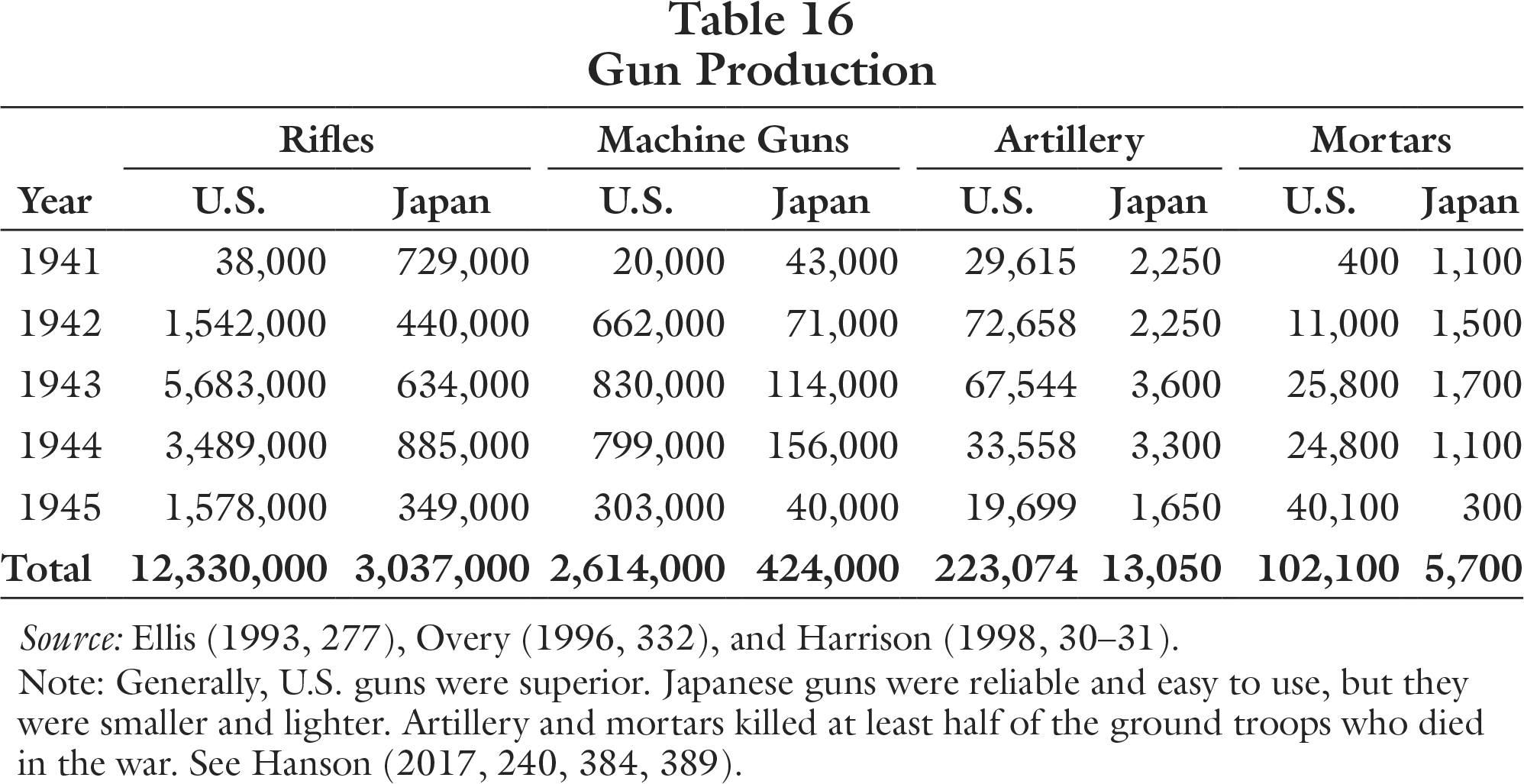
In 1943 alone, U.S. military-truck production was 4.9 times greater than Japan’s total truck output throughout the entire war. The trajectory of Japan’s military-truck production is indicative of the Japanese economy during the war. Production declined every year and then collapsed 91.4 percent in 1945.
Similarly, the U.S. produced far more tanks than Japan. In 1943 U.S. tank production was 13.4 times greater than Japan’s total throughout the entire war. As with gun production, U.S. military-truck and tank production fell after 1943.
The Pacific war was a war of navies, and the U.S. Navy inflicted most of the damage on Japan’s economy.[10] In December 1941 the UK had the largest navy in the world. The U.S. had the second-largest navy, and Japan had the third-largest one. But the UK and U.S. had to divide their fleets between the Atlantic and Pacific. Japan’s navy was superior to the U.S. Pacific fleet in every category at the beginning of the war (Hanson 2017, 142).
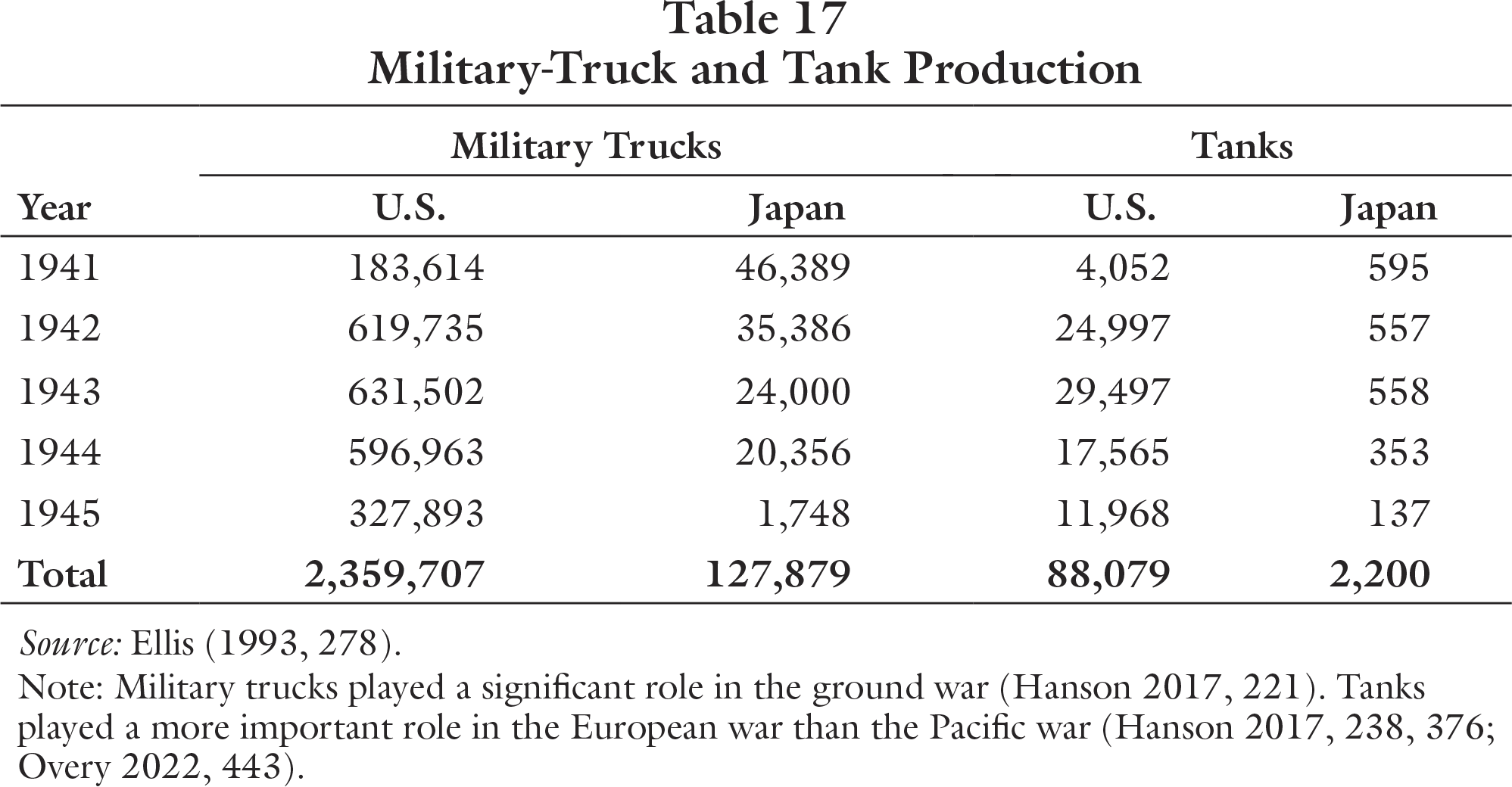
However, U.S. naval production far exceeded Japan’s during the war. As table 19 shows, the U.S. produced 8.8 times more carriers, 4 times more battleships, 5.3 times more cruisers, 5.5 times more destroyers, and 1.2 times more submarines. The declines in Japanese warship production suggest that Japan did not have the economic capacity to continue the war. U.S. warship production fell after 1943. Still, by early 1944, the U.S. Navy was larger than all other navies of the world combined (Hanson 2017, 495).
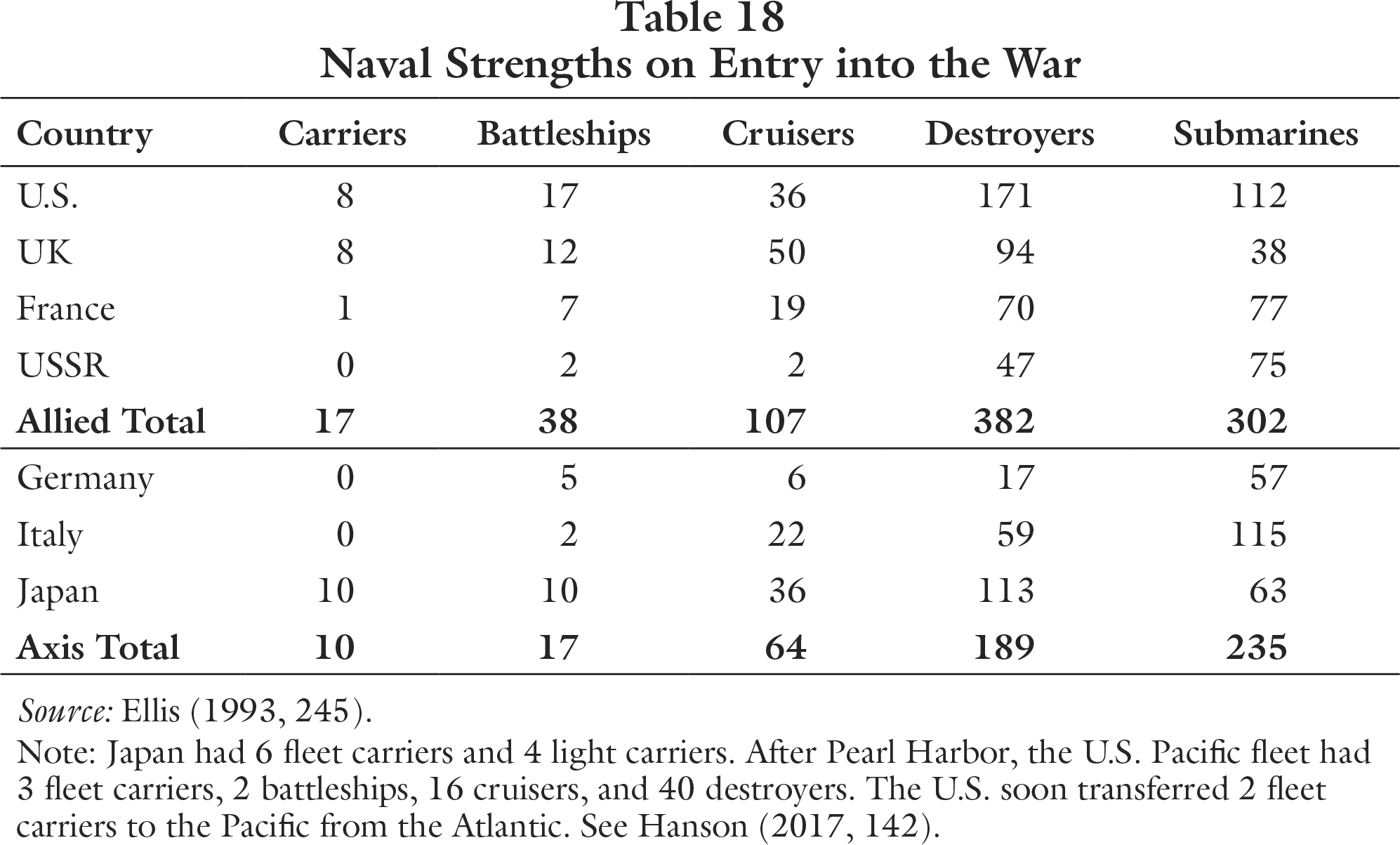
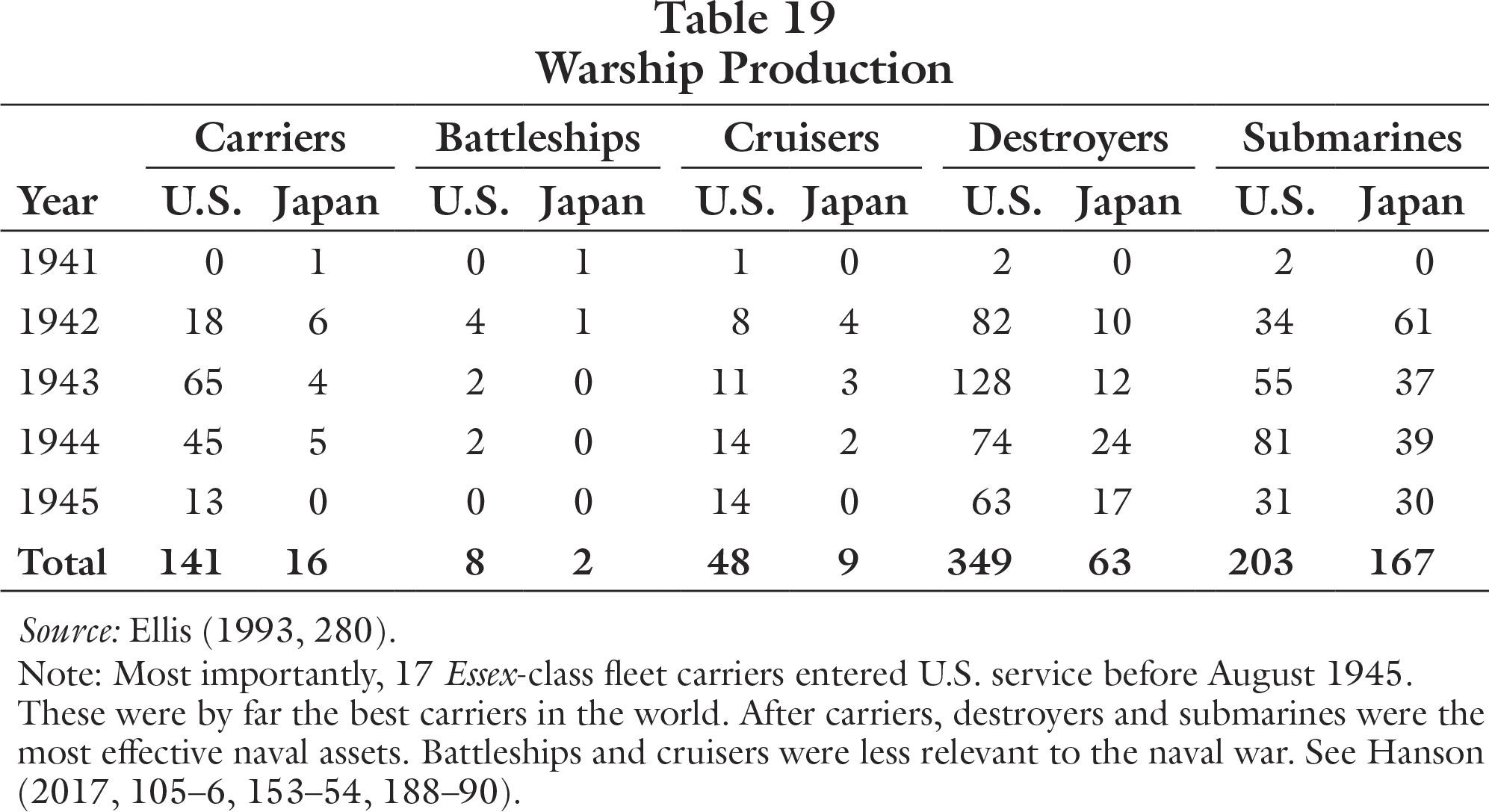
The carrier was the definitive naval weapon in the Pacific war. At the beginning of the war, the Japanese had ten carriers and the U.S. had eight. The U.S. economic advantage was decisive in the carrier war. The U.S. produced almost 9 times more carriers than Japan during the war and 4.1 times more carriers in 1943 alone than Japan produced throughout the entire war. Notably, U.S. carrier production peaked in 1943 and declined thereafter because the need for additional production had declined.
As table 20 shows, the U.S. Navy inflicted far greater losses on the Japanese than vice versa. Strikingly, Japan lost more carriers in 1944 than the U.S. lost throughout the entire war. The U.S. had 137 carriers when Japan surrendered, but the Japanese had only 4 heavily damaged carriers.[11] The Japanese oil crisis meant Japan’s 4 carriers were stranded at the time of the atomic bombing. And the steel crisis meant they could not produce new carriers.[12]
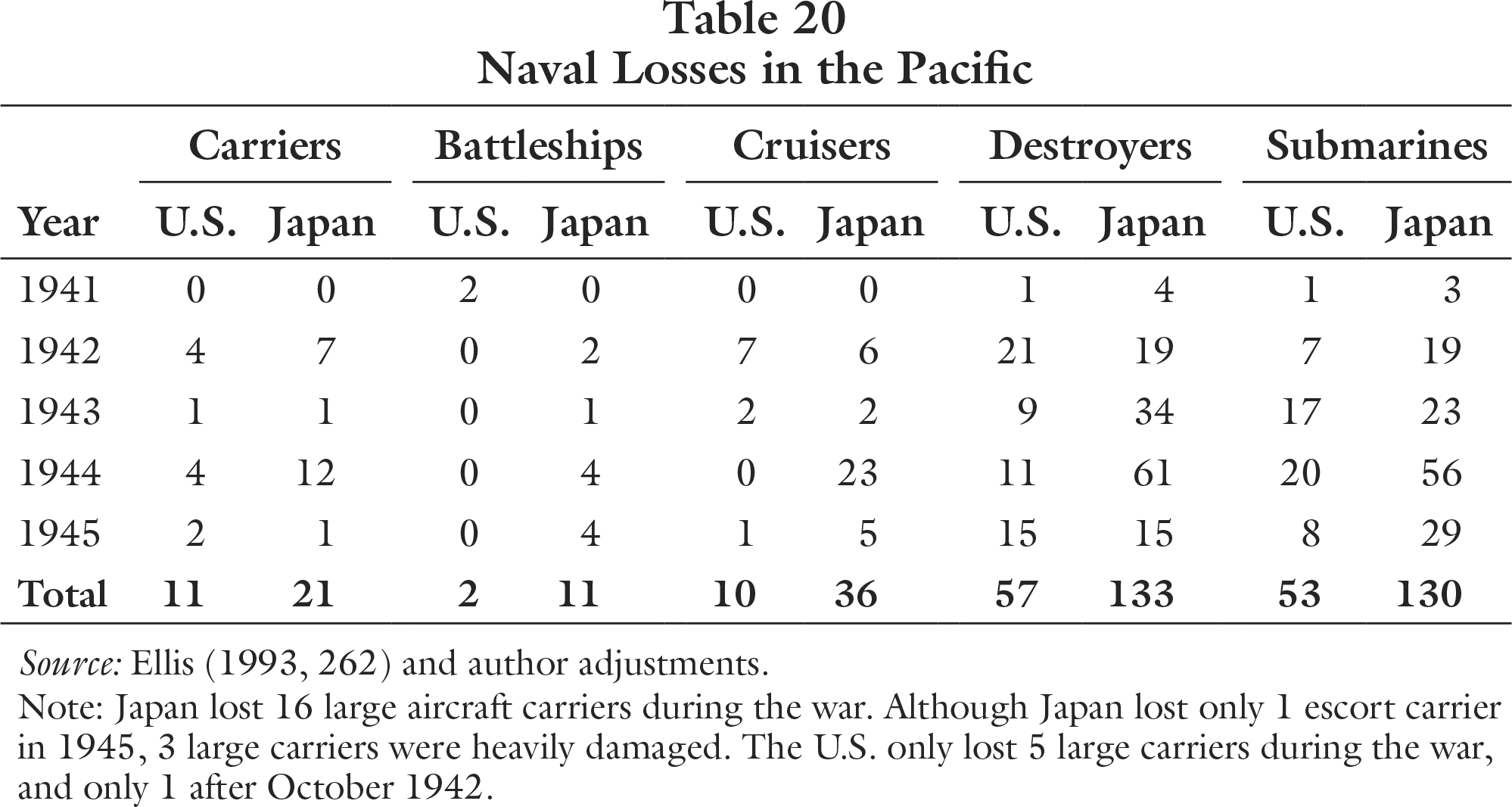
U.S. industrial superiority gave the U.S. many advantages over the Japanese in electronic warfare (Hanson 2017, 43–44). Radar is a prime example. Although universal on U.S. warships by late 1943, it is only a slight exaggeration to say that the Japanese navy did not have radar (Overy 2022, 496–97). This gave the U.S. Navy an overwhelming technological advantage over the Japanese. In October 1943 Admiral Chester W. Nimitz wrote, “[Radar] runs like a thread through just about all of our operational activities. Its impact on the Navy is nearly as heavy as the advent of steam or of modern shooting weapons” (qtd. in Hoyt 2012, 257–58).
As Admirals King and Nimitz recognized in April 1942, U.S. intelligence gave the U.S. Navy a “priceless advantage” over the Japanese (Potter 1976, 68). Specifically, U.S. codebreakers broke the Japanese naval code, meaning the U.S. Navy knew virtually all Japanese naval movements throughout the war (Prados 1995). In a top secret letter to Governor Thomas E. Dewey dated September 4, 1944, General George C. Marshall wrote:
The battle of the Coral Sea was based on deciphered messages and therefore our few ships were in the right place at the right time. Further, we were able to concentrate our limited forces to meet their naval advance on Midway when otherwise we almost certainly would have been some 3,000 miles out of place.... Operations in the Pacific are largely guided by the information we obtain of Japanese deployments.... [W]e check their fleet movements and the movements of their convoys.... The conduct of General Eisenhower’s campaign [in Europe] and of all operations in the Pacific are closely related in conception and timing to the information we secretly obtain through these intercepted codes. They contribute greatly to the victory and tremendously to the saving in American lives, both in the conduct of current operations and in looking towards the early termination of the war. (qtd. in Kahn 1996, 606–7)
Merchant shipping played a major role in the Pacific war. Merchant ships provided the army, navy, and air force with the vital supplies needed to wage war. As table 22 shows, total U.S. production of merchant ships for the entire war was 9.4 times greater than Japan’s and its production in 1943 alone was 3.2 times greater than Japan’s total production throughout the conflict. As with warship production, U.S. production of merchant ships declined after 1943.

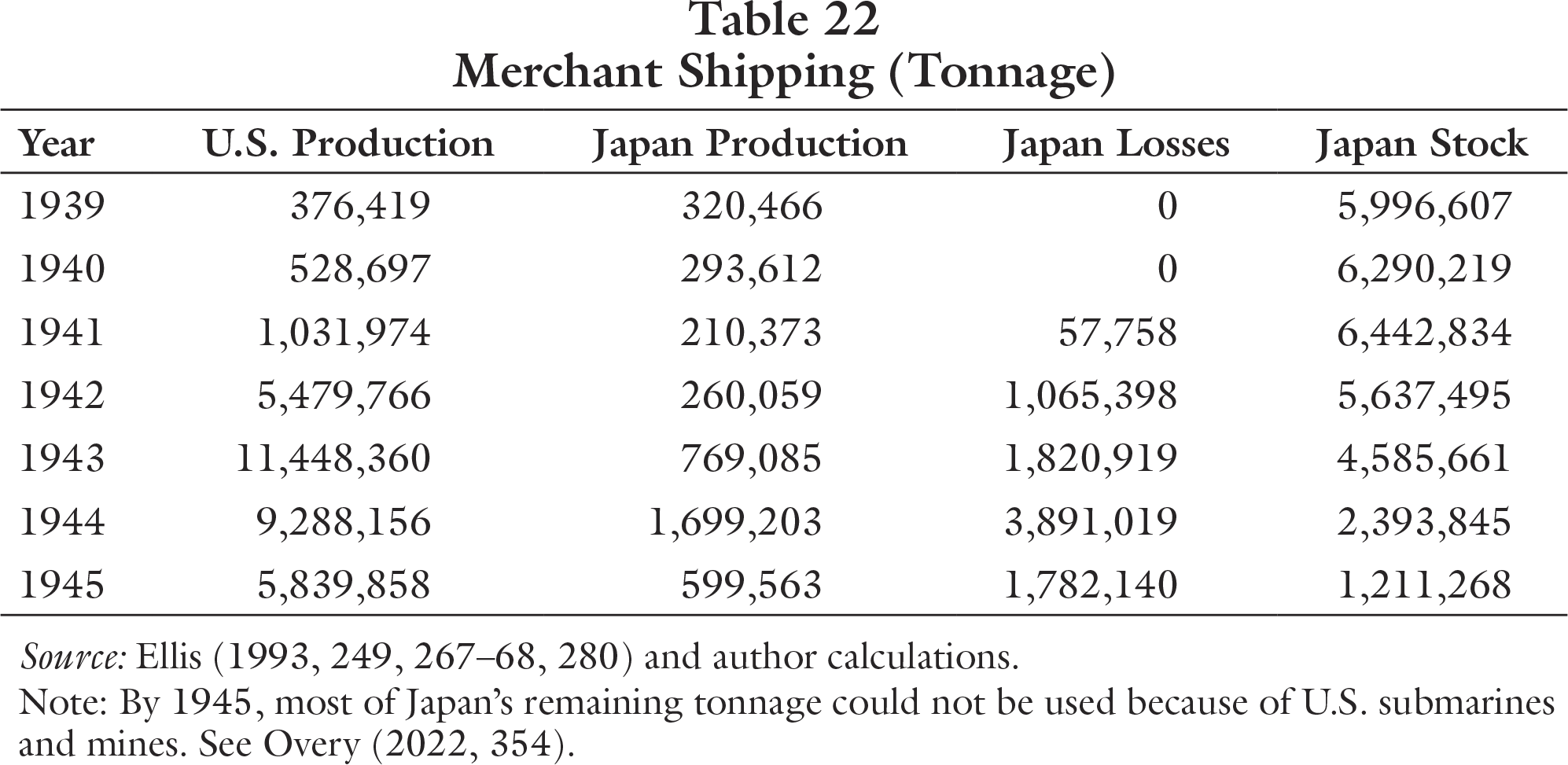
The U.S. decimated Japan’s fleet of merchant supply ships. For example, the Japanese lost more merchant shipping in 1944 than they produced during the entire war. At the rate the U.S. was imposing losses, Japan’s merchant fleet would have been completely eliminated in early 1946.[13] The Japanese navy was combat ineffective in 1944, but even if this had not been the case, Japan would have been unable to effectively wage war for lack of supplies from merchant ships. Brigadier General Carter Clarke recognized the great importance of the destruction of the Japanese merchant marine: “We brought them [the Japanese] down to an abject surrender through the accelerated sinking of their merchant marine and hunger alone, and when we didn’t need to do it, and we knew we didn’t need to do it, and they knew that we knew we didn’t need to do it, we used them as an experiment for two atomic bombs” (qtd. in Alperovitz 1995, 359).
The economics of the war explain why every senior U.S. Navy officer thought the atomic bombing was unnecessary. Nimitz was the commander in chief of the U.S. Pacific Fleet. According to Nimitz, “The atomic bomb played no decisive part, from a purely military standpoint, in the defeat of Japan” (qtd. in Alperovitz 1995, 329). Nimitz thought U.S. naval dominance made the atomic bombing unnecessary: “I am convinced that the complete impunity with which the Pacific Fleet pounded Japan at point-blank range was the decisive factor in forcing the Japanese to ask the Russians to approach us for peace proposals in July [1945].... We had them beaten. They hadn’t enough food, they couldn’t do anything” (qtd. in Alperovitz 1995, 330).
Admiral William Halsey Jr. was the commander of the U.S. Third Fleet. He is infamous for his hatred of the Japanese: “The only good Jap is a Jap who’s been dead six months” (qtd. in Dower 1986, 79). But Halsey maintained, “The first atomic bomb was an unnecessary experiment.... It was a mistake to ever drop it. Why reveal a weapon like that to the world when it wasn’t necessary? ... [The scientists] had this toy and they wanted to try it out, so they dropped it.... It killed a lot of Japs, but the Japs had put out a lot of peace feelers through Russia long before” (qtd. in Alperovitz 1995, 331).
On top of its vast naval superiority, the U.S. had a significant advantage over Japan in airpower. As shown in Table 23, in 1942 the U.S. had 3,537 combat aircraft in the Pacific versus 2,520 Japanese combat aircraft. By the end of the war, the U.S. had 4.8 times more combat aircraft in the Pacific than the Japanese.

U.S. production of aircraft was far greater than Japan’s during the war. As noted in Table 24, between 1941 and 1945 the U.S. produced 5.4 times more total aircraft than the Japanese. By 1945 the U.S. was producing 3.6 times more fighters and 8.3 times more bombers than Japan. Japanese aircraft production dropped 70.7 percent in 1945, indicating that the Japanese economy was in collapse.[14]
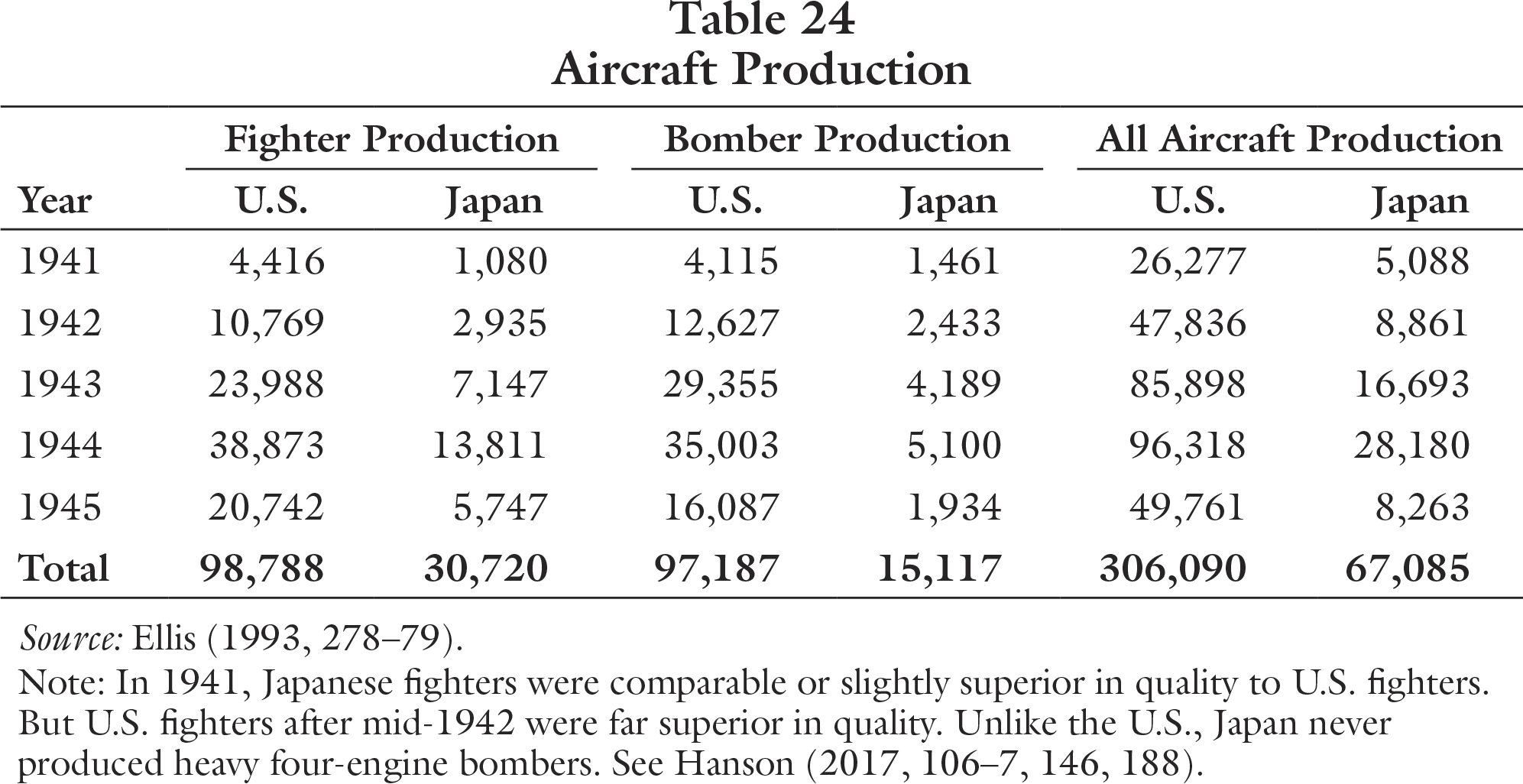
Whereas the U.S. lost 4,533 aircraft in combat during the Pacific war, Japan lost over 20,000 (Ellis 1993, 259). Japan lost an additional 18,000 planes in accidents or on the ground in U.S. bombing raids. The U.S. economic war impaired Japanese airpower in at least two ways. First, it meant Japan lacked the strategic war materials to properly test and maintain aircraft. Second, the Japanese oil crisis placed severe restrictions on pilot training. The Japanese lost many of their best pilots in the early phase of the war, and average Japanese pilot training hours collapsed as the war progressed (Prados 1995, 339; O’Brien 2015, 409). Thus, the Japanese pilots were no match for their more experienced American opponents.[15]
By June 1944 the U.S. had achieved sufficient control over Japanese airspace to initiate bombing raids on the Japanese homeland. As table 25 shows, the bombing of Japan intensified after the U.S. took the Marianas in June–August 1944. On September 5, 1944, Leahy reported that the U.S. had “overwhelming superiority in sea and air forces” (qtd. in O’Brien 2019, 451).[16] After taking Iwo Jima in February–March 1945, the U.S. was able to fly with impunity over Japanese airspace. By August 1945 the U.S. had already destroyed two-thirds of Japan’s total urban area (Dower 2010, 184; Overy 2022, 370).[17]
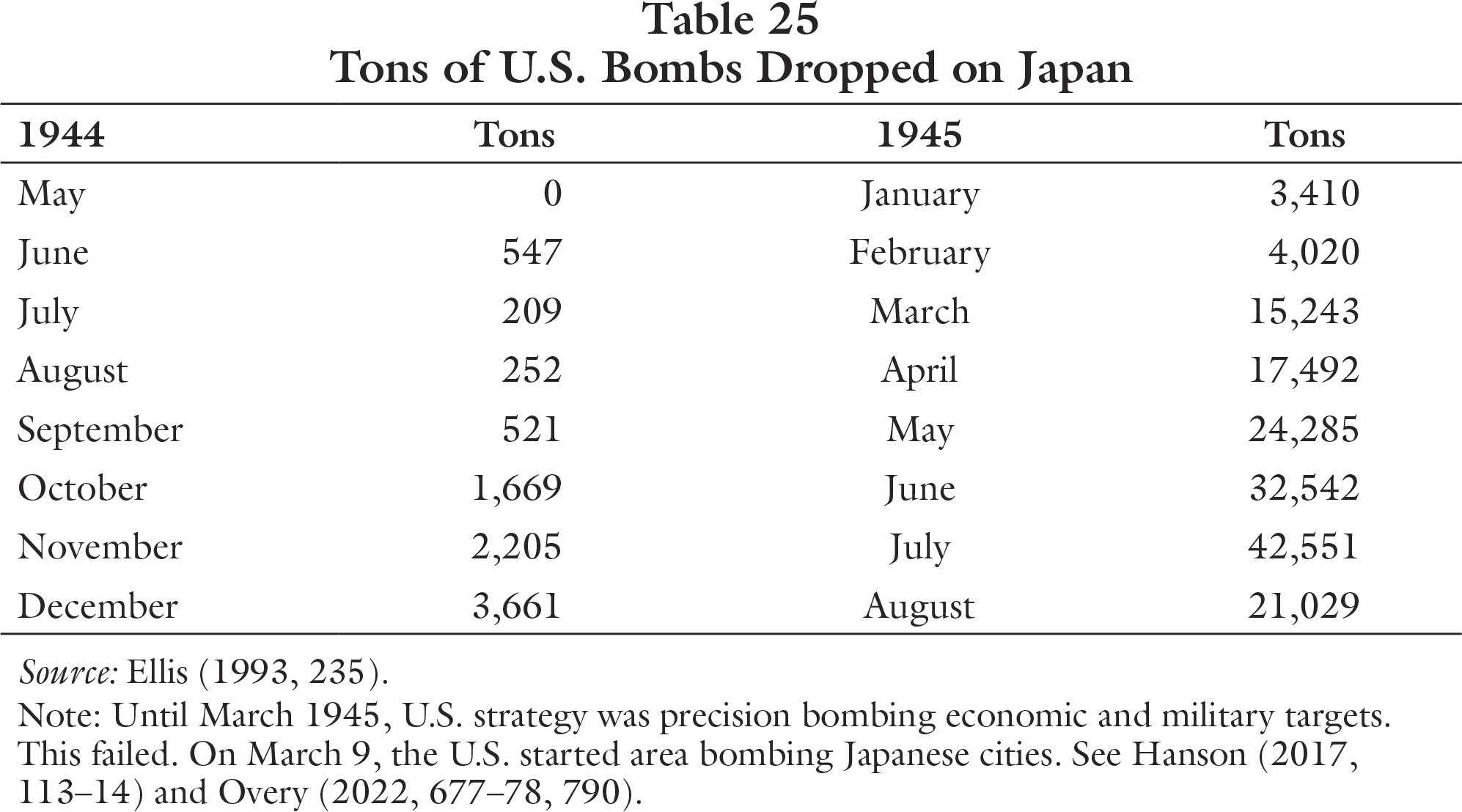
The economics of the Second World War clarify why every senior U.S. Army Air Force officer thought the atomic bombing was unnecessary. Henry “Hap” Arnold was the commanding general of the air force. Arnold recognized that Japan had been defeated before the atomic bombing: “The Japanese position was hopeless even before the first atomic bomb fell, because the Japanese had lost control of their own air” (qtd. in Alperovitz 1995, 334). Arnold and other senior air force officers were aware in September 1944 that
the Jap is not going to last much longer.... His air power is in a bad way. He has a lot of airplanes—probably more than he had a year ago—but he has lost his element, flight, squadron and group leaders and his hastily trained replacements haven’t the skill or ability or combat knowledge to compete with us.... Without the support of his sea power and air power his land forces cannot do anything except hold out in isolated, beleaguered spots all over the map until bombs, bullets, disease and starvation kill them off. (qtd. in Alperovitz 1995, 18)
Major General Curtis E. “Bombs Away” LeMay was the commander of the Twenty-First Bomber Command—the force responsible for bombing Japan. Just as the U.S. Navy had run out of Japanese targets at sea (Miller 1991, 366–67; Symonds 2022, 397–98), LeMay informed Arnold, the Twenty-First Bomber Command was running out of targets in Japan:
General Arnold made a visit to our headquarters in the late spring of 1945 and he asked that question: When is the war going to end? ... [I]t was completely evident that we were running out of targets along in September and by October [1945] there wouldn’t really be much to work on, except probably railroads or something of that sort. So we felt that if there were no targets left in Japan, certainly there probably wouldn’t be much war left. (qtd. in Alperovitz 1995, 337)
The infamously hawkish LeMay admitted, “Killing Japanese didn’t bother me very much ... I suppose if I had lost the war, I would be tried as a war criminal” (qtd. in Rhodes 1995, 21). But in a September 1945 press conference, LeMay said the atomic bombing was unnecessary: “The war would have been over in two weeks without the Russians entering and without the atomic bomb.... The atomic bomb had nothing to do with the end of the war” (qtd. in Alperovitz 1995, 336). He reiterated in November 1945, “[It is] obvious that the atomic bomb did not end the war against Japan. Japan was finished long before either one of the two atomic bombs were dropped” (qtd. in Alperovitz 1995, 336).
Operation Downfall
The U.S. plan to invade Japan was called Operation Downfall. Those who defend the atomic bombing often argue Operation Downfall would have caused far more deaths. For example, Winston Churchill declared in 1953, “To quell the Japanese resistance might well require the loss of a million American lives and half that number of British” (qtd. in Miles 1985, 123). As the argument often goes, the atomic bombing was necessary to prevent even more deaths in Operation Downfall. Truman proclaimed in 1959, “The dropping of the bombs stopped the war, saved millions of lives” (qtd. in Alperovitz 1995, 517).
As scholars have shown, there are many problems with the argument that the atomic bombing was necessary to prevent even more deaths in Operation Downfall.[18] Still, insights from the economics of the Second World War remain overlooked.
By 1911 U.S. planners determined Japan could never invade the continental United States (Miller 1991, 27, 31, 41). Rather, U.S. planners predicted that Japanese interference with trade in East Asia would cause war: “The geopolitical premises of [War Plan Orange] held that ... [t]he root cause would be Japan’s quest for national greatness by attempting to dominate the land, people, and resources of the Far East. America regarded itself as the guardian of Western influence in the Orient. Its popular dogma favored self-determination of peoples and open international trade.... [Japan] could not carry the war to American shores” (Miller 1991, 3).
The economics of the war confirm Japan could never have conquered America in the 1940s.[19] Japan’s inability to invade America gave U.S. war planners flexibility. Most importantly, it meant the U.S. did not have to invade Japan. It was a central tenet of War Plan Orange that unconditional surrender could be achieved without invading Japan:
The notion of combat on the Asian mainland was so at odds with maritime thinking that it was not even considered until 1923.... It was an article of faith among all planners that the United States need never invade Japan. To make their studies complete, however, the professional strategists of the 1920s considered the possibility.... Although they shunned an invasion, the planners observed that massing troops on islands near Japan would suggest such an operation, imposing on the enemy unbearable expense to guard all beaches and thus prodding him toward the peace table. (Miller 1991, 165–66)[20]
On the basis of War Plan Orange, an invasion of Japan never played a serious role in war planning before 1945. Nimitz acknowledged that the U.S. used War Plan Orange in the Pacific War: “We fought just as we had fought it all on paper in the naval war college. I fought the whole war of the Pacific when I was there in 1923” (qtd. in Hoyt 2012, 39). From the very beginning, then, the Pacific war was fought in a way that made an invasion of Japan unnecessary. King wrote, “To [me], Leahy, Nimitz, and naval officers in general, it had always seemed that the defeat of Japan could be accomplished by sea and air power alone, without the necessity of actual invasion of the Japanese Home Islands by ground troops. In 1942, 1943, and 1944 ... the Pacific war had proceeded largely upon this assumption” (King and Whitehill 1952, 598). Leahy maintained, “no major land invasion of the Japanese mainland was necessary to win the war” (1950, 289).
Like their colleagues in the navy, U.S. Army Air Force leadership thought Operation Downfall was unnecessary. For General Arnold, “When the question comes up of whether we use the atomic bomb or not, my view is that the Air Force will not oppose the use of the bomb, and they will deliver it effectively if the Commander in Chief decides to use it. But it is not necessary to use it in order to conquer the Japanese without the necessity of a land invasion” (qtd. in Alperovitz 1995, 335). Lieutenant General Ira C. Eaker recalled, “I knew nobody in [the] high echelons of the AAF [Army Air Force] who had any question about having to invade Japan” (qtd. in Alperovitz 1995, 336).
How did Operation Downfall emerge if the navy and air force always thought an invasion was unnecessary? The answer is the U.S. Army.[21] Again, Operation Downfall did not emerge until the end of the war. The Joint Chiefs did not order preparations for Operation Downfall until May 25, 1945 (Frank 1999, 117). The two factors that propelled planning for Operation Downfall in spring 1945 were the fall of Hitler and the rise of Truman.
The collapse of Nazi Germany increased U.S. Army involvement in the Pacific war. The army had maintained the Germany-First Doctrine in accordance with Admiral Harold Stark’s Plan Dog Memo (Miller 1991, 270).[22] The Germany-First Doctrine meant U.S. Army planners were preoccupied with Germany throughout most of the war. Operation Downfall only emerged after it became obvious to the army that Nazi Germany was defeated. With the impending victory in Europe, U.S. Army planners finally turned their attention to the Pacific war. King reported:
[Before 1945] the attention of most of the Allied political and military leaders was concentrated on Europe ... [T]he war against Japan was left largely to [me] to manage with what forces [I] could muster.... With the approaching victory in Europe a larger amount of attention was concentrated on the Pacific by people who had not previously been too greatly concerned with the problems of that war.... Upon Marshall’s insistence, which also reflected MacArthur’s views, the Joint Chiefs had prepared [Operation Downfall] plans for landing in Kyushu and eventually in the Tokyo Plain. [Leahy and I] did not like the idea, but as unanimous decisions were necessary in the Joint Chiefs meeting, [Leahy and I] reluctantly acquiesced, feeling that in the end sea power would accomplish the defeat of Japan, as proved to be the case. (King and Whitehill 1952, 598)
Since George Marshall and Douglas MacArthur were army men, their desire to finish the Pacific war by storming Japan with army troopers was natural and predictable.[23] Invading Japan fit the army’s operational capabilities, and Marshall and MacArthur had personal interests in leading the greatest amphibious invasion in military history (Frank 1999, 276; O’Brien 2019, 342). Operation Downfall gained more momentum after Truman became president on April 12, 1945. Truman was never involved in war planning until he became president, and, unlike Roosevelt, he did not understand the U.S. economic war at the heart of War Plan Orange (Miller 1991, 368).[24] The army’s operational biases were engrained in Truman during the First World War: “Truman was an army man to his bones” and he “practically worshipped the general [Marshall]” (O’Brien 2019, 332, 335).[25] Truman’s bias for the army and Marshall made him susceptible to claims that Operation Downfall was necessary.
For their part, the navy and air force resented Operation Downfall. By suggesting Operation Downfall was necessary, Truman, Marshall, and MacArthur were suggesting the navy and air force had not defeated Japan. This was taken as an insult. The navy and air force thought the army was being obtuse. King complained, “the U.S. Army ... leaders did not understand sea power” (qtd. in O’Brien 2015, 147). Leahy grumbled, “The Army did not appear to be able to understand that the Navy, with some Army air assistance, already had defeated Japan” (1950, 305).[26]
Since spring 1945, army and navy biases have colored the debate over Operation Downfall and, by extension, the atomic bombing. As Miller notes, “Predictably, the services disparaged each other’s choice of route.... Opinions of commanders during and after the war and of historians were swayed by factors of army or navy allegiance” (1991, 358–59). The economics of the Second World War cut through the biases and support the navy and air force perspective: Operation Downfall was unnecessary because U.S. economic warfare had already defeated Japan. Indeed, the falloff in U.S. war-goods production after 1943 must seem incredibly irresponsible to those who maintain Operation Downfall was necessary. Despite his allegiance to the army, General Dwight D. Eisenhower agreed with the navy and air force:
I voiced to [Secretary of State Henry Stimson] my grave misgivings, first on the basis of my belief that Japan was already defeated and that dropping “the bomb” was completely unnecessary, and secondly because I thought that our country should avoid shocking world opinion by the use of a weapon whose employment was, I thought, no longer mandatory as a measure to save American lives. It was my belief that Japan was, at that very moment, seeking some way to surrender with a minimum loss of face. (qtd. in Alperovitz 1995, 4)[27]
What was the best alternative to the atomic bombing and invasion? Of the options actually considered, maintaining the naval blockade was the best alternative. Leahy stated on February 8, 1945, “The Japs are already licked. We don’t have to land in Japan, we don’t have to do anything more to them” (qtd. in O’Brien 2019, 320).[28] Nimitz told King on May 25 that the blockade could achieve the “complete destruction of Japanese industry and shipping.... [Rather than invading,] I believe that the long range interests of the U.S. will be better served if we continue to isolate Japan & to destroy Jap forces & resources by naval and air attack” (qtd. in Symonds 2022, 390). King agreed, “the effective naval blockade would, in the course of time, have starved the Japanese into submission” (King and Whitehill 1952, 621). For Leahy, the blockade “forced Japan into a position that made her early surrender inevitable” (1950, 288–89). He maintained, “By the beginning of September [1944], Japan was almost defeated through a practically complete sea and air blockade.... I believed that a completely blockaded Japan would then fall by its own weight” (1950, 304–5).
It is likely that the intense economic pressure from the blockade would have forced Japan to surrender before the start of Operation Downfall. As Kai Bird and Martin Sherwin stress, “Truman and the men around him knew that the initial invasion of the Japanese home islands was not scheduled to take place until November 1, 1945—at the earliest. And nearly all the president’s advisers believed the war would be over prior to that date” (2005, 301).[29] King asked, “why not wait for three or four months and then if they didn’t [surrender], drop the bomb. I mean, why do it now? ... It is not necessary” (qtd. in Alperovitz 1995, 329).
And even if Japan did not surrender before November 1, maintaining the blockade into 1946 was the best alternative.[30] Certainly, the continuing blockade would have caused much human suffering in Japan. But the U.S. could have let enough food into Japan to prevent mass starvation. Moreover, the onus for the suffering would be on the Japanese government for delaying their inevitable surrender.[31] In fact, the atomic bombing relieved the cynical Japanese government, for they did not have to reveal that the economic crisis was the real reason to surrender (Yellen 2013, 220). For example, Navy Minister Mitsumasa Yonai stated on August 12,
[T]he atomic bombs and the Soviet entry into the war are, in a sense, gifts from the gods. This way we don’t have to say that we have quit the war because of domestic circumstances. The reason I have long advocated control of the crisis of the country is neither fear of an enemy attack nor because of the atomic bombs and the Soviet entry into the war. The main reason is my anxiety over the domestic situation. So, it is rather fortunate that we can now control matters without revealing the domestic situation. (qtd. in Bix 2000, 509–10)[32]
Conclusion
There were many great battles during the Second World War. However, the production battle was far and away the most important. And the U.S. dominated it. Table 26 summarizes war production statistics between 1942 and 1945. It shows that the U.S. won the production battle decisively over the Axis powers (Germany, Italy, and Japan). It also outclassed the other Allies (UK, USSR, and France).
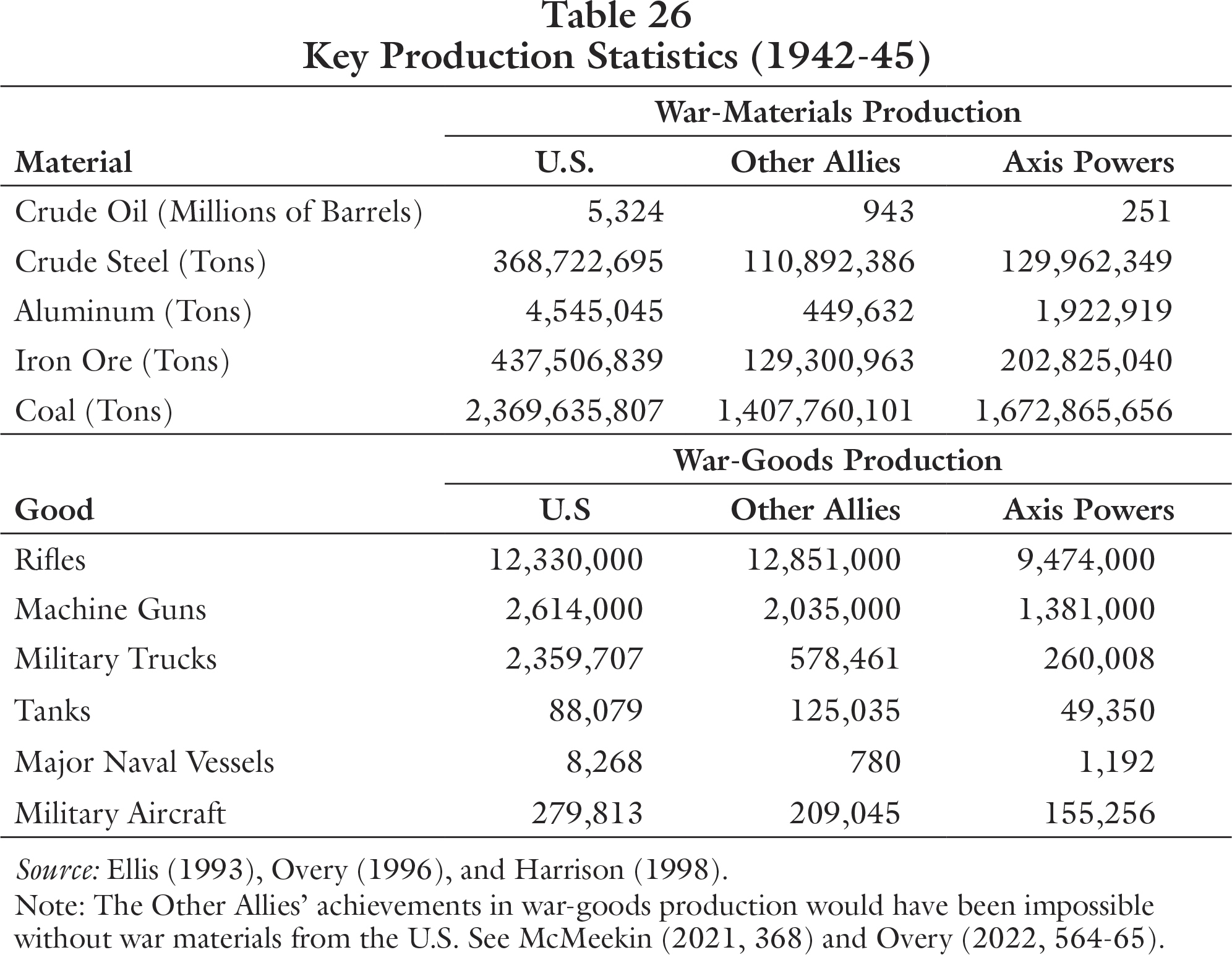
Japan could never have won the war against the U.S. It could not produce enough war goods to defeat the U.S., let alone the combined economic strength of the Allied powers (Hanson 2017, 303). Wartime production statistics strongly suggest U.S. war planners understood victory was inevitable long before the atomic bombing. As table 27 shows, U.S. production of many vital war goods declined after 1943, and in many cases the declines were considerable.
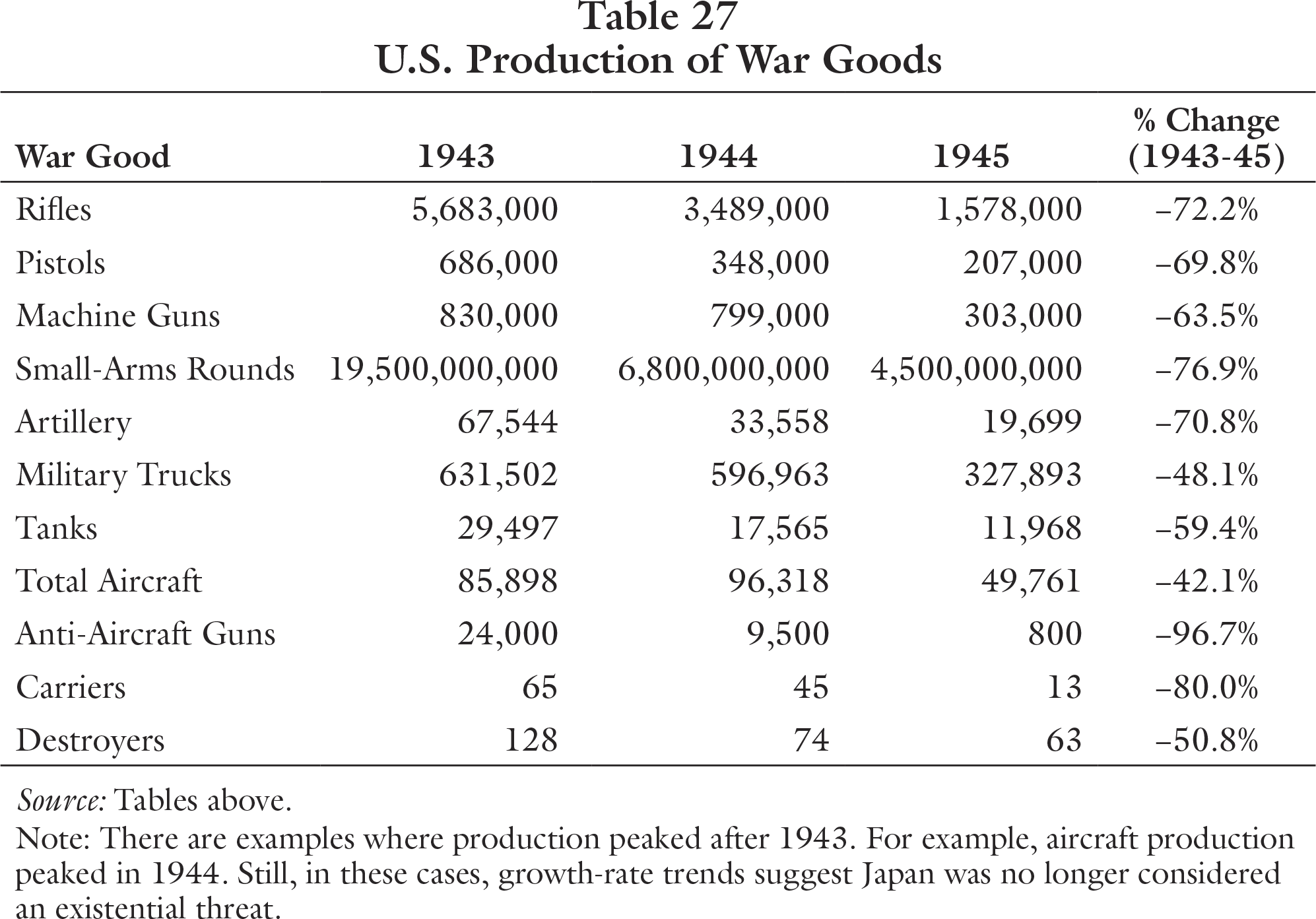
The timing of the falloff in U.S. war-goods production is significant. U.S. war planners cut war-goods production when it was still uncertain the atomic bombs would ever be available. This strongly suggests that U.S. leadership was confident the war could be won without atomic bombs. In other words, wartime production statistics suggest U.S. military planners did not believe the atomic bombs were necessary to win the war.
Notes
[1] There are two extreme interpretations. The Traditionalists insist the atomic bombing was necessary (Frank 1999; Giangreco 2017). By contrast, the Revisionists hold the atomic bombing was unnecessary (Sherwin 1975; Alperovitz 1995). There is a middle ground that argues the atomic bombing was the fastest way to end the war, but it was unnecessary (Bernstein 1995; Walker 2005). See Walker 2016 for a balanced overview of the debate.
[2] Phillips P. O’Brien writes, “[Leahy’s] role in the American war effort has, mistakenly, been downplayed” and “America had fought Leahy’s war more than anyone else’s” (2015, 132; 2019, 280).
[3] The cause of the war is beyond the scope of this paper. However, Richard Overy observes, “There is a very obvious sense in which the Second World War was regarded as a war about economics” (2011, 483). See Mises [1944] 2011 for a detailed account of how economic conflict caused the war. See Mises ([1943] 1990) for a shorter treatment.
[4] On Japan’s violation of the Open Door policy, see Miller 1991, 22–25 and Overy 2016, 14–15; 2022, 41.
[5] Overy gives the following definition of economic warfare: “economic warfare was the means to reduce both the finished weapons and material resources available to the enemy. The original sense of economic warfare as literally economic—freezing assets, pre-emptive purchases, interrupting and controlling trade with the enemy—was replaced in the Second World War by real economic wars, waged by submarine and bomber aircraft, with high losses of men and equipment to both sides in long battles of economic attrition” (2022, 566).
[6] Joseph Stalin, Georgy Zhukov, and Nikita Khrushchev admitted privately that Germany would have defeated the USSR without the U.S. and UK (Overy 2022, 564). See McMeekin 2021 on U.S. support to the USSR.
[7] Hanson describes oil as “the war’s lifeblood” (2017, 452). As Overy notes, “The one resource that all the Axis states lacked was oil.... Oil vulnerability was to prove a central factor in the strategy of the Western Allies for denying resources and securing ultimate victory” (2022, 568).
[8] For O’Brien, the greatest military lesson from the war is this: “Only by stopping an enemy’s movement can you hope to win a war” (2015, 487–88).
[9] Tables 16 and following contain notes on quality. However, “Qualitative difference was nevertheless seldom enough to compensate for a failure of quantity” (Overy 2022, 530). See O’Brien 2015, 106 and Hanson 2017, 125, 196.
[10] As Overy writes, “The economic war against Japan was, by contrast, a campaign fought principally at sea” (2022, 587–88). He notes, “[M]uch of the fundamental damage to Japan’s war effort and the reduction of provisions for the home population pre-dated the systematic bombing of Japan’s cities” (2022, 355). See notes 17 and 26.
[11] U.S. escort carriers must not be underestimated. As Hanson (2017, 188–89) explains, 3.5 escort carriers matched the airpower of a fleet carrier. Escort carriers were much more economical than fleet carriers, and they allowed greater flexibility in dispersing airpower across the vast Pacific Ocean.
[12] Overy notes, “[S]hips were being built of wood [in Japan] to cope with the steel shortage” (2022, 590).
[13] Submarines sank 54.8 percent of Japanese merchant ships, and aircraft sank 33.2 percent (Ellis 1993, 268). On the great significance of submarines to the economic war, see Hanson 2017, 153, 189–90, 195, Overy 2022, 589, and Symonds 2022, 396.
[14] Higher Japanese aircraft production in 1944 does not mean the war economy was thriving: “By 1943 absolute priority went to the aircraft needed to defend the empire’s perimeter. The decision to maximize aircraft output placed severe pressure on the entire system of war production.... By 1944 aircraft production made up 34 per cent of all manufacturing.... Productivity remained low. By 1944, output of aircraft in pounds per man-day was 0.71; in the United States the equivalent figure was 2.76” (Overy 2022, 534–35).
[15] As Hanson notes, “Pilots were as important as planes” (2017, 72). Moreover, “[t]he availability of fuel proved to be the greatest divide between Axis and Allied air power,” and “[d]uring the war, the United States produced 365 million barrels of aviation fuel, seven times the combined output of all the other major belligerents” (2017, 125, 454).
[16] On August 7, 1944, Mamoru Shigemitsu acknowledged that the U.S. had “absolute superiority on the sea and in the air” (qtd. in Alperovitz 1995, 24).
[17] According to O’Brien, “Much of the motivation behind [area bombing] was to make the USAAF’s [U.S. Army Air Force] role in the defeat of Japan more obvious” (2015, 81, 433). See notes 10 and 26.
[18] Sherwin 1975, Bernstein 1986, Alperovitz 1995, and Walker 2016 deserve special mention. See Bird and Lifschultz 1998 for a useful collection of important articles.
[19] Overy agrees, “Japan could not invade the United states” (2022, 521). More fundamentally, the Japanese were incapable of stopping the U.S. from producing war goods (Hanson 2017, 140, 187, 199, 428).
[20] War Plan Orange aimed at the “complete subjugation of Japan” (Miller 1991, 312). Nearly all of Truman’s political and military advisers recommended softening the demand for unconditional surrender (Alperovitz 1995, 34-35; Walker 2016, 42). Notably, on June 18, 1945, Leahy advised that the unconditional surrender objective was unnecessary (O’Brien 2019, 346).
[21] The U.S. Army was responsible for producing the atomic bomb. As Army chief of staff, General George Marshall played an important but neglected role in the atomic bomb project (Settle 2016). He is the only five-star officer in 1945 who never publicly stated the atomic bombing was unnecessary. Also, Marshall proposed using poison gas against the Japanese (Settle 2016, 100–2).
[22] O’Brien writes, “Marshall was always the most assertive of the Germany-First lobby.... [H]e warned regularly against the deployment of too much US force to the Pacific” (2015, 151).
[23] O’Brien argues, “Marshall was probably the least influential of the Joint Chiefs when it came to ultimate victory over Germany and Japan” (2015, 150–51). See O’Brien 2019, 281 on the influence of Leahy versus Marshall.
[24] Leahy considered Truman a “second-rater” and “bush-league politician” (O’Brien 2019, 331). See Raico 2001 for a critical assessment of Truman.
[25] During the First World War, Truman was a battery commander in the U.S. Army at the Meuse-Argonne. He commanded the reservist 381st Artillery Regiment between the wars.
[26] O’Brien agrees, “Industrial collapse was imminent—before the USAAF [U.S. Army Air Force] turned to the bombing of Japanese cities” (2015, 444). See notes 10 and 17.
[27] J. Robert Oppenheimer thought the U.S. Army lied to him about the need to use the atomic bombs (Bird and Sherwin 2005, 302). Oppenheimer wrote after the war, “atomic weapons [were used] against an enemy which was essentially defeated” (qtd. in Bird and Sherwin 2005, 348).
[28] Significantly, Leahy made this statement before the U.S. started area bombing Japanese cities on March 9. Prince Konoe told Emperor Hirohito on February 14, “Regrettably, defeat is already inevitable” (qtd. in Yellen 2013, 211).
[29] Walker agrees, “Even without the use of the atomic bombs, the war probably would have ended before an American invasion of Kyushu became necessary” (2016, 89). Also see Alperovitz 1995, 465, 644 and Bernstein 1995, 136.
[30] While Hanson (2017, 116–17) seems to defend the atomic bombing, he acknowledges the blockade “could have finished the job by 1946 or 1947” (2017, 199). Also see O’Brien 2015, 478, 487 and Overy 2022, 351.
[31] Although there are ethical problems with starving Japan into submission, the violence involved would have been more proportional than the atomic bombing (Grayling 2006, 211–14). See Fuchs 2007 on American food aid to Japan after 1945.
[32] Herbert P. Bix writes, “[Japanese leaders waited] until their foreign enemies had created a situation that gave them a face-saving excuse to surrender in order to prevent the kokutai [imperial institution] from being destroyed by antimilitary, antiwar pressure originating from the Japanese people themselves. The [atomic] bomb, followed by the Soviet declaration of war, gave them the excuses they needed” (2000, 509).
References
Alperovitz, Gar. 1995. The Decision to Use the Atomic Bomb. New York: A. A. Knopf.
Bernstein, Barton J. 1986. A Postwar Myth: 500,000 U.S. Lives Saved. Bulletin of the Atomic Scientists 42, no. 6: 38–40.
———. 1995. The Atomic Bombings Reconsidered. Foreign Affairs 74, no 1: 135–52.
Bird, Kai, and Lawrence Lifschultz. 1998. Hiroshima’s Shadow. Stony Creek, Conn.: Pamphleteer’s Press.
Bird, Kai, and Martin J. Sherwin. 2005. American Prometheus: The Triumph and Tragedy of J. Robert Oppenheimer. New York: A. A. Knopf.
Bix, Herbert P. 2000. Hirohito and the Making of Modern Japan. New York: HarperCollins.
Dallek, Robert. 1995. Franklin D. Roosevelt and American Foreign Policy, 1932-1945. New York: Oxford University Press.
Dower, John W. 1986. War without Mercy: Race and Power in the Pacific War. New York: Pantheon Books.
———. 1999. Embracing Defeat: Japan in the Wake of World War II. New York: W. W. Norton.
———. 2010. Cultures of War: Pearl Harbor, Hiroshima, 9-11, Iraq. New York: W. W. Norton.
Ellis, John. 1993. World War II, A Statistical Survey: The Essential Facts and Figures for all the Combatants. New York: Facts on File.
Evans, David C., and Mark R. Peattie. 1997. Kaigun: Strategy, Tactics, and Technology in the Imperial Japanese Navy. Annapolis, Md.: Naval Institute Press.
Frank, Richard B. 1999. Downfall: The End of the Imperial Japanese Empire. New York: Random House.
Fuchs, Steven J. 2007. Feeding the Japanese: Food Policy, Land Reform, and Japan’s Economic Recovery.
In Democracy in Occupied Japan: The U.S. Occupation and Japanese Politics and Society, edited by Mark E. Caprio and Yoneyuki Sugita, 26–48. New York: Routledge.
Giangreco, D. M. 2017. Hell to Pay: Operation Downfall and the Invasion of Japan, 1945-47. Annapolis, Md.: Naval Institute Press.
Grayling, A. C. 2006. Among the Dead Cities: The History and Moral Legacy of the WWII Bombing of Civilians in Germany and Japan. New York: Walker. Hanson, Victor Davis. 2017. The Second World Wars: How the First Global Conflict Was Fought and Won. New York: Basic Books.
Harrison, Mark. 1998. The Economics of World War II: Six Great Powers in International Comparison. New York: Cambridge University Press.
Higgs, Robert. 2012. How U.S. Economic Warfare Provoked Japan’s Attack on Pearl Harbor. In Delusions of Power: New Explorations of the State, War, and Economy, 125–29. Oakland, Calif.: The Independent Institute.
Hirshleifer, Jack. 1987. Economic Behavior in Adversity. Chicago: University of Chicago Press.
Hoyt, Edwin P. 2012. How They Won the War in the Pacific: Nimitz and His Admirals. Guilford, Conn.: Lyons Press.
Kahn, David. 1996. The Codebreakers: The Story of Secret Writing. New York: Scribner.
King, Ernest J., and Walter M. Whitehill. 1952. Fleet Admiral King: A Naval Record. New York: W. W. Norton.
Leahy, William D. 1950. I Was There: The Personal Story of the Chief of Staff to President Roosevelt and Truman Based on His Notes and Diaries at the Time.
London: Victor Gollancz Ltd.
McMeekin, Sean. 2021. Stalin’s War: A New History of World War II. New York City: Basic Books.
Miles, Rufus E. 1985. Hiroshima: The Strange Myth of Half a Million American Lives Saved. International Security 10, no. 2: 121–40.
Miller, Edward S. 1991. War Plan Orange: The U.S. Strategy to Defeat Japan, 1897-1945. Annapolis, Md.: Naval Institute Press.
———. 2007. Bankrupting the Enemy: The U.S. Financial Siege of Japan before Pearl Harbor. Annapolis, Md.: Naval Institute Press.
Mises, Ludwig von. [1943] 1990. Autarky and its Consequences. In Money, Method, and the Market Process, edited by Richard M. Ebeling, 137–54. Auburn, Ala.: Ludwig von Mises Institute.
———. [1944] 2011. Omnipotent Government: The Rise of the Total State and Total War. Indianapolis: Liberty Fund.
O’Brien, Phillips P. 2015. How the War Was Won: Air-Sea Power and Allied Victory in World War II. Cambridge: Cambridge University Press.
———. 2019. The Second Most Powerful Man in the World: The Life of Admiral William D. Leahy, Roosevelt’s Chief of Staff. New York: Dutton.
Overy, Richard J. 1996. Why the Allies Won. New York: W. W. Norton.
———. 2011. Economics and the Origins of the Second World War. In The Origins of the Second World War, edited by Frank McDonough, 482–506. London: Continuum.
———. 2016. The Origins of the Second World War. New York: Routledge.
———. 2022. Blood and Ruins: The Great Imperial War, 1931-1945. New York: Viking.
Potter, E. B. 1976. Nimitz. Annapolis, Md.: Naval Institute Press.
Prados, John. 1995. Combined Fleet Decoded: The Secret History of American Intelligence and the Japanese Navy in World War II. New York: Random House.
Raico, Ralph. 2001. Harry S. Truman: Advancing the Revolution. In Reassessing the Presidency: The Rise of the Executive State and the Decline of Freedom, edited by John V. Denson, 547–86. Auburn, Ala.: Ludwig von Mises Institute.
Rhodes, Richard. 1995. Dark Sun: The Making of the Hydrogen Bomb. New York: Simon & Schuster.
Settle, Frank A. 2016. General George C. Marshall and the Atomic Bomb. Santa Barbara, Calif.: Praeger.
Sherwin, Martin J. 1975. A World Destroyed: The Atomic Bomb and the Grand Alliance. New York: Knopf.
Symonds, Craig L. 2022. Nimitz at War: Command Leadership from Pearl Harbor to Tokyo Bay. New York: Oxford University Press.
Walker, J. Samuel. 2005. Recent Literature on Truman’s Atomic Bomb Decision: A Search for Middle Ground. Diplomatic History 29, no. 2: 311–34.
———. 2016. Prompt and Utter Destruction: Truman and the Use of Atomic Bombs against Japan. Chapel Hill: University of North Carolina Press.
Yellen, Jeremy A. 2013. The Specter of Revolution: Reconsidering Japan’s Decision to Surrender. International History Review 35, no. 1: 205–26.
This paper is dedicated to the memory of Robert C. Whitten, Jr.
| Other Independent Review articles by Edward W. Fuller | |
| Winter 2023/24 | Interpreting Atomic Bomb History: A Response to Bernstein |

